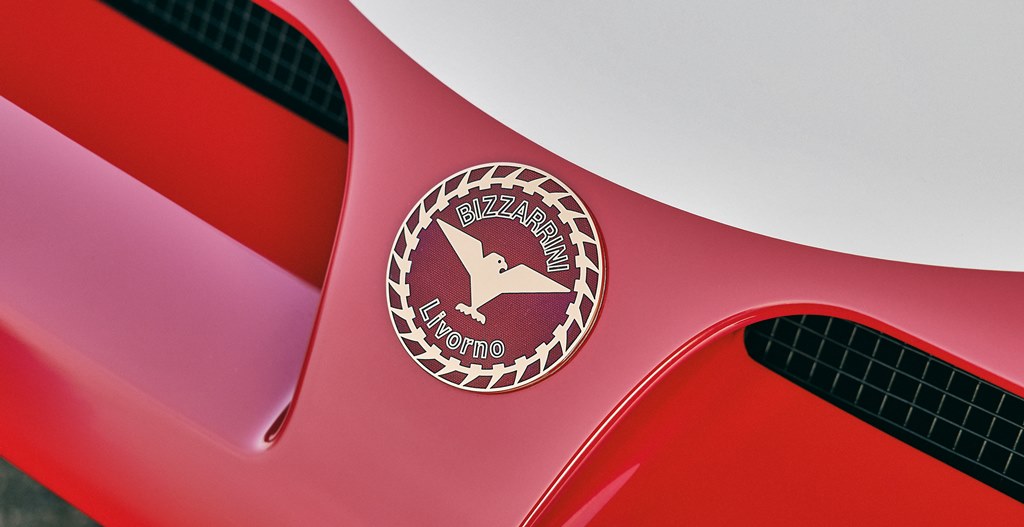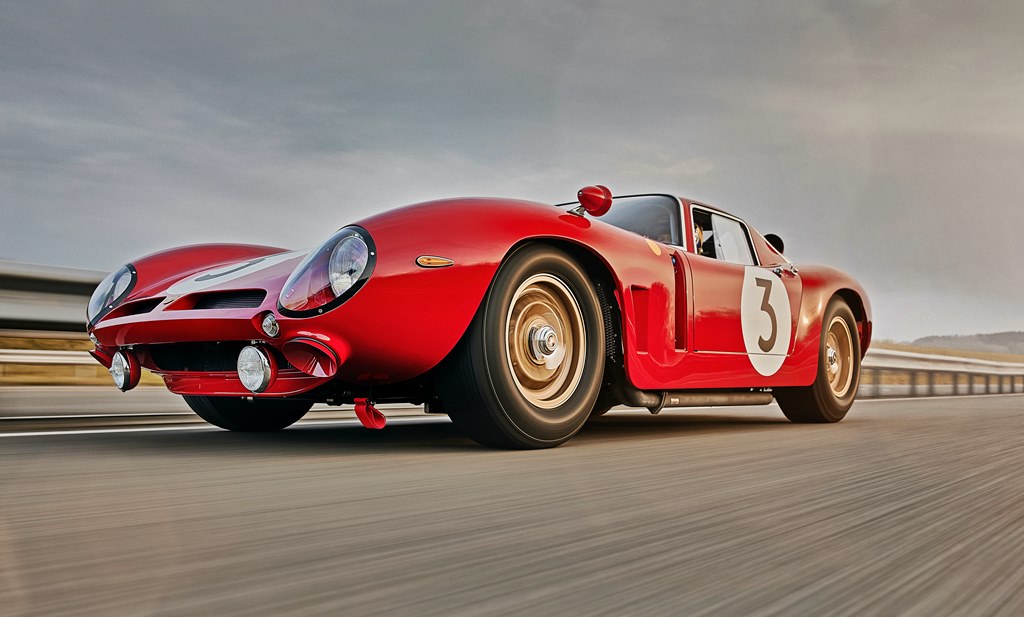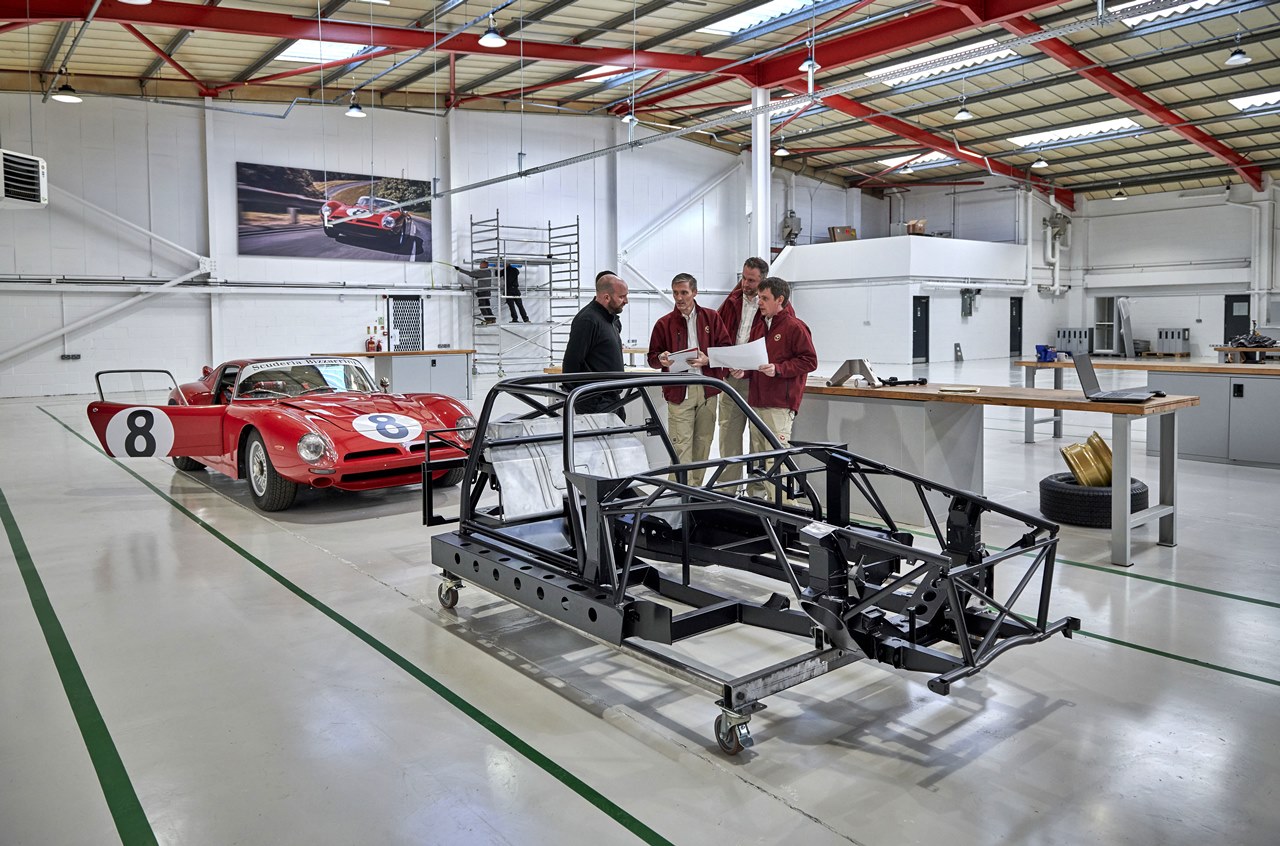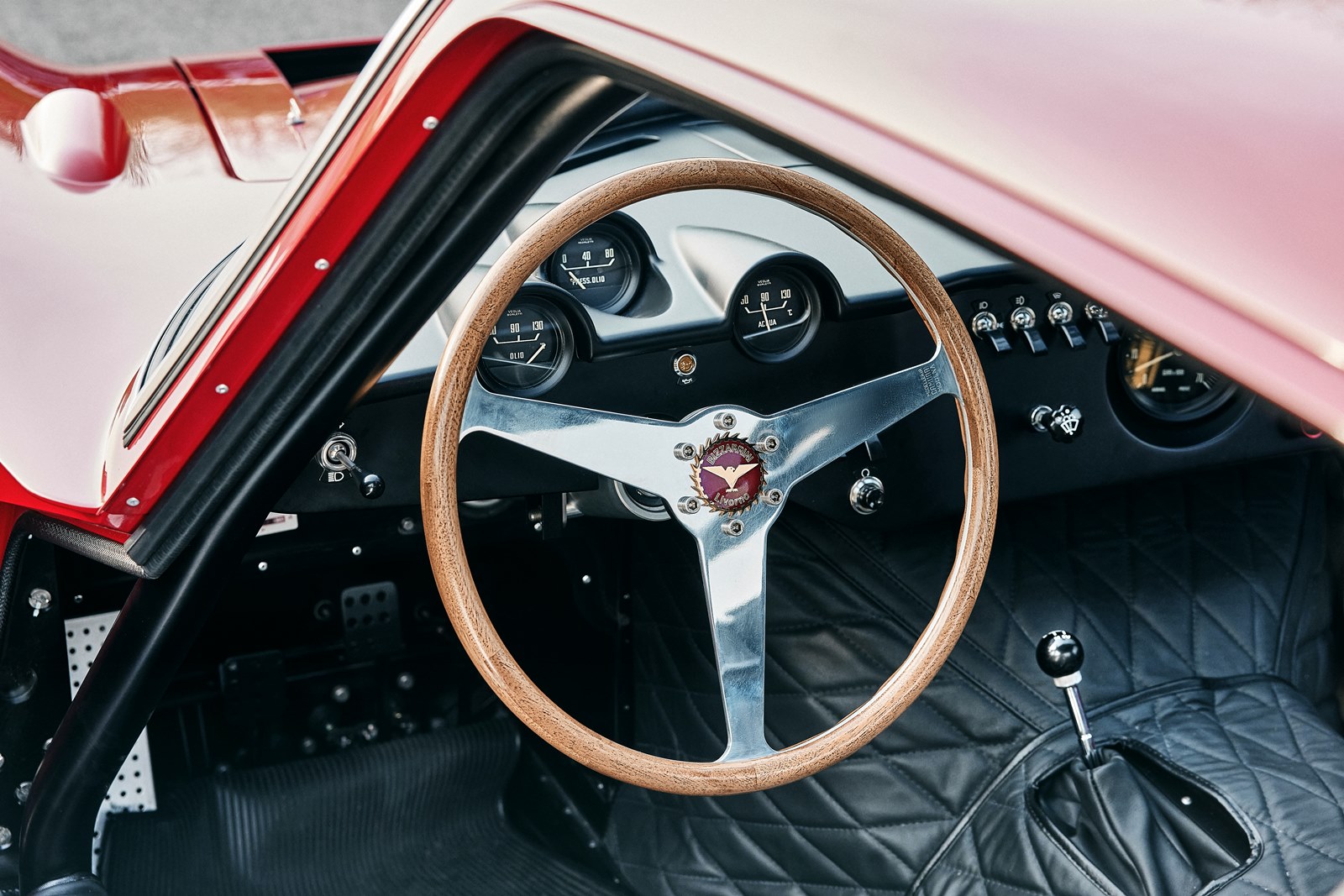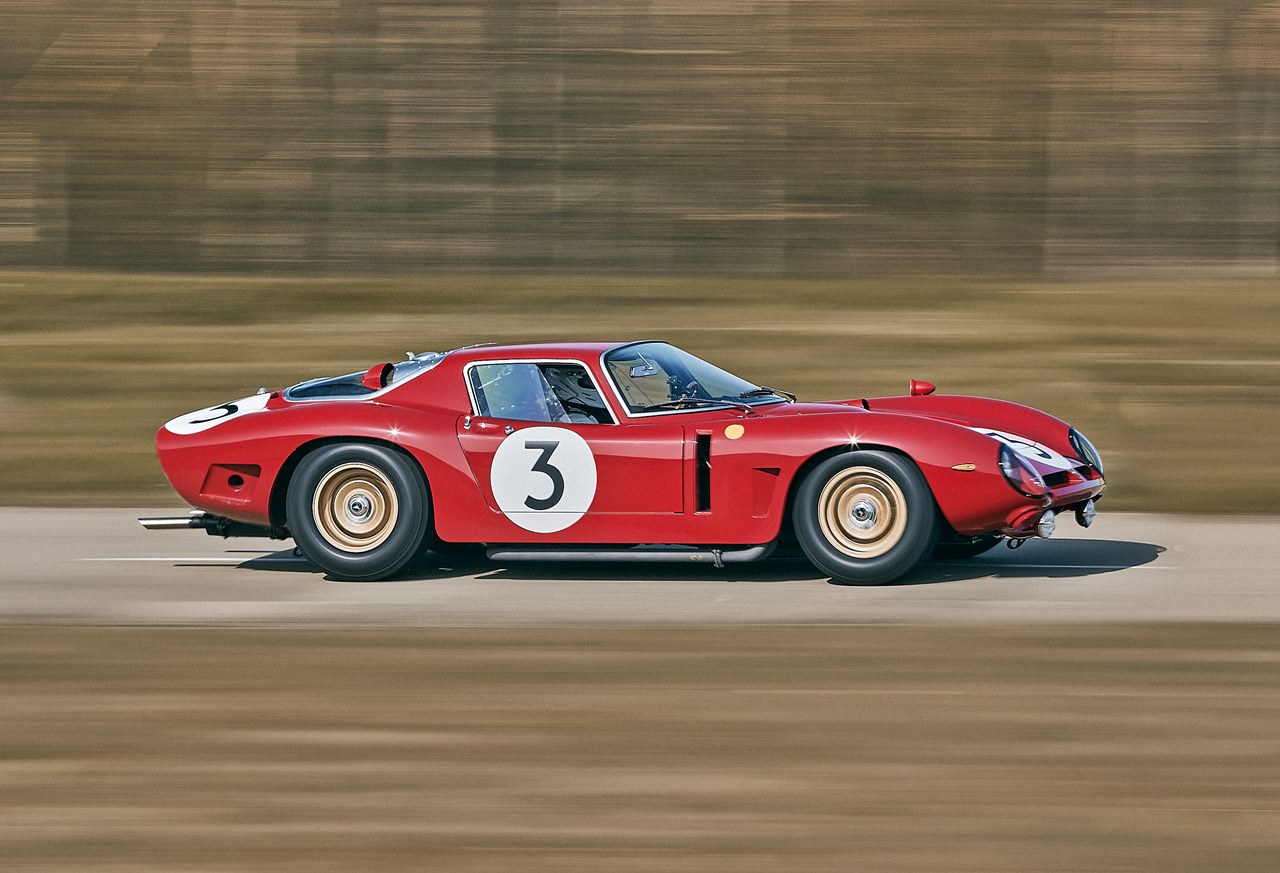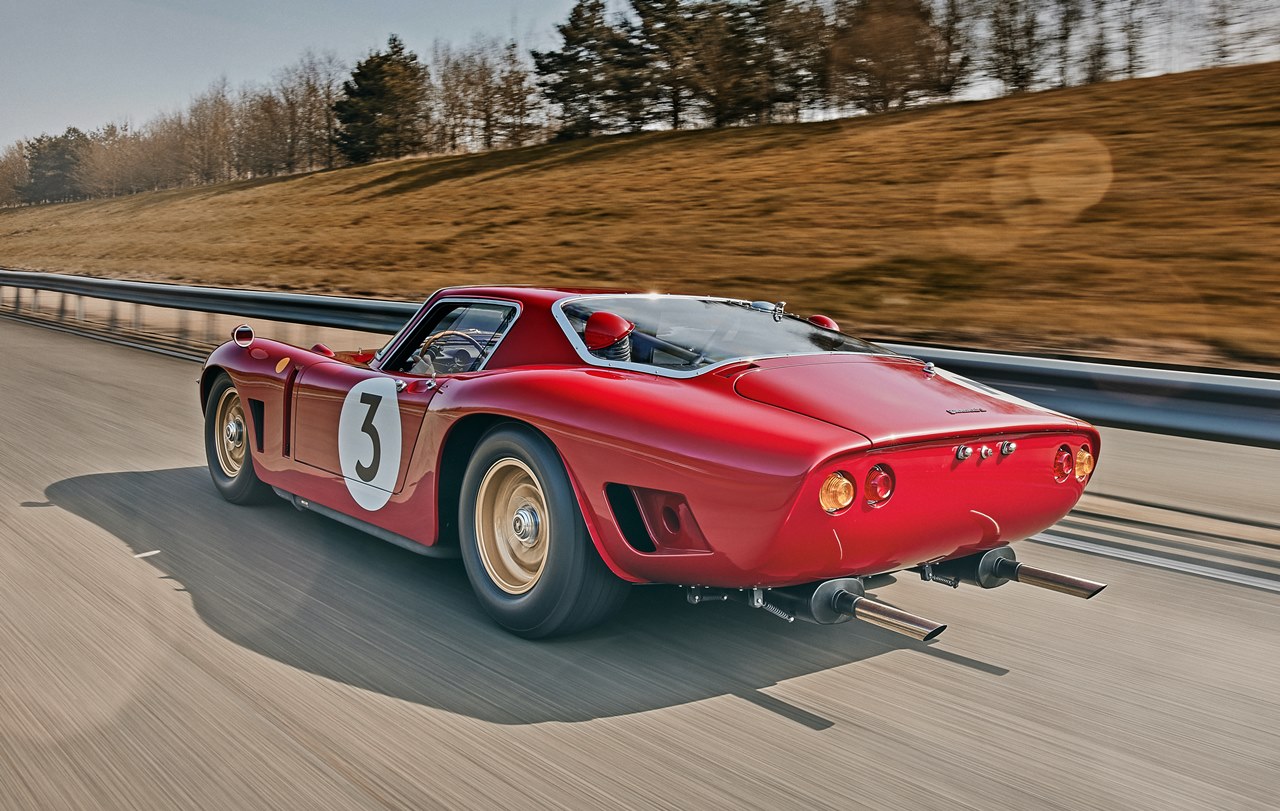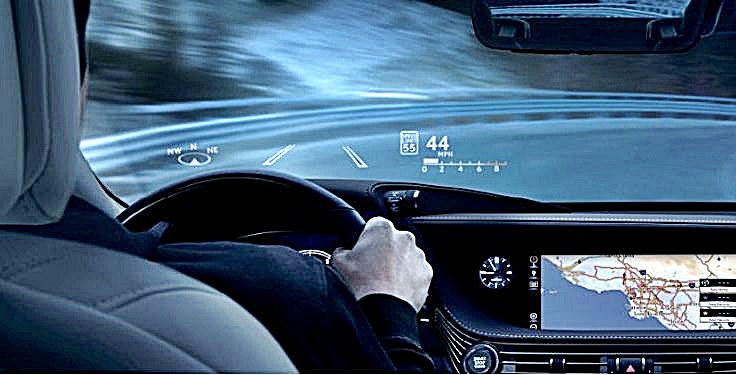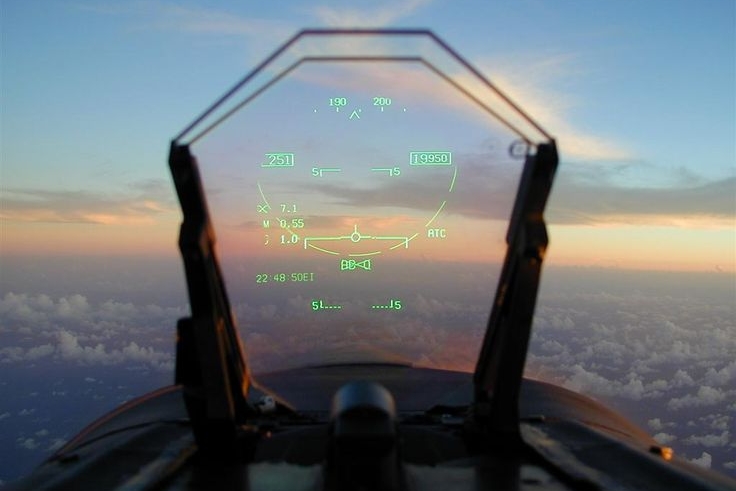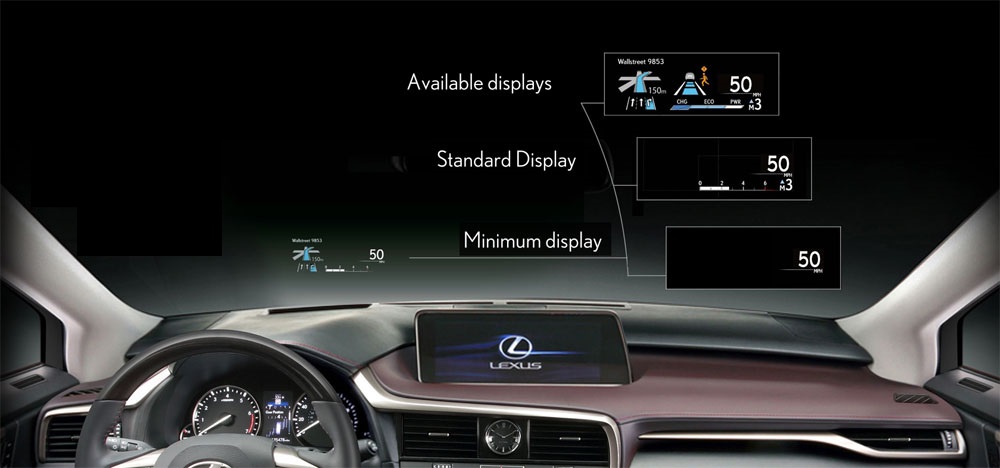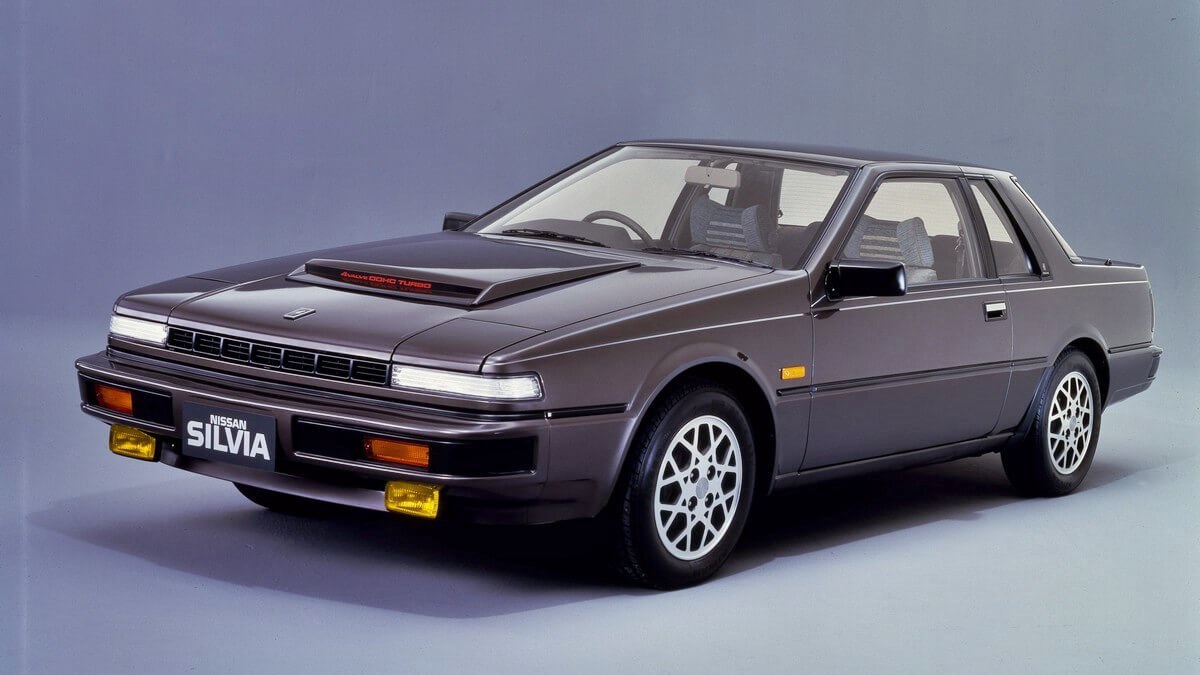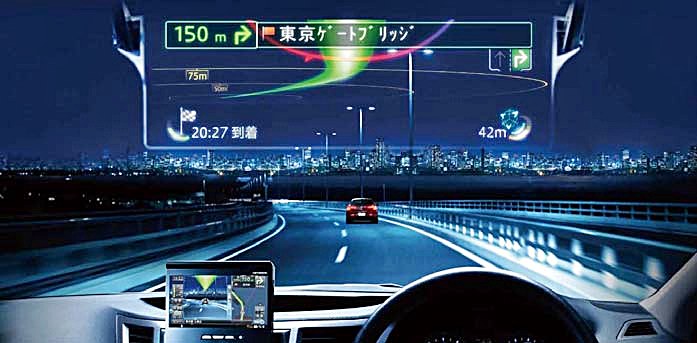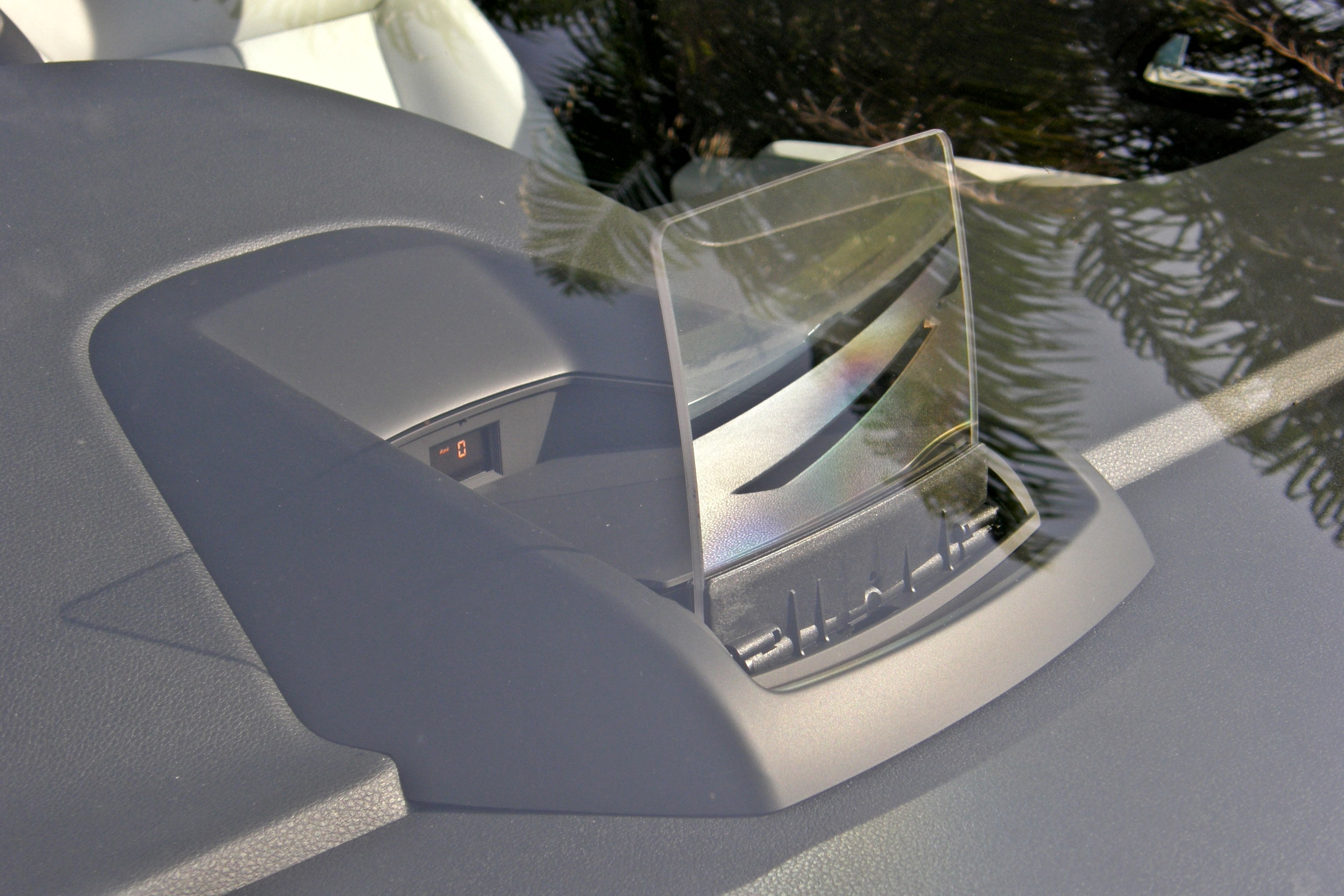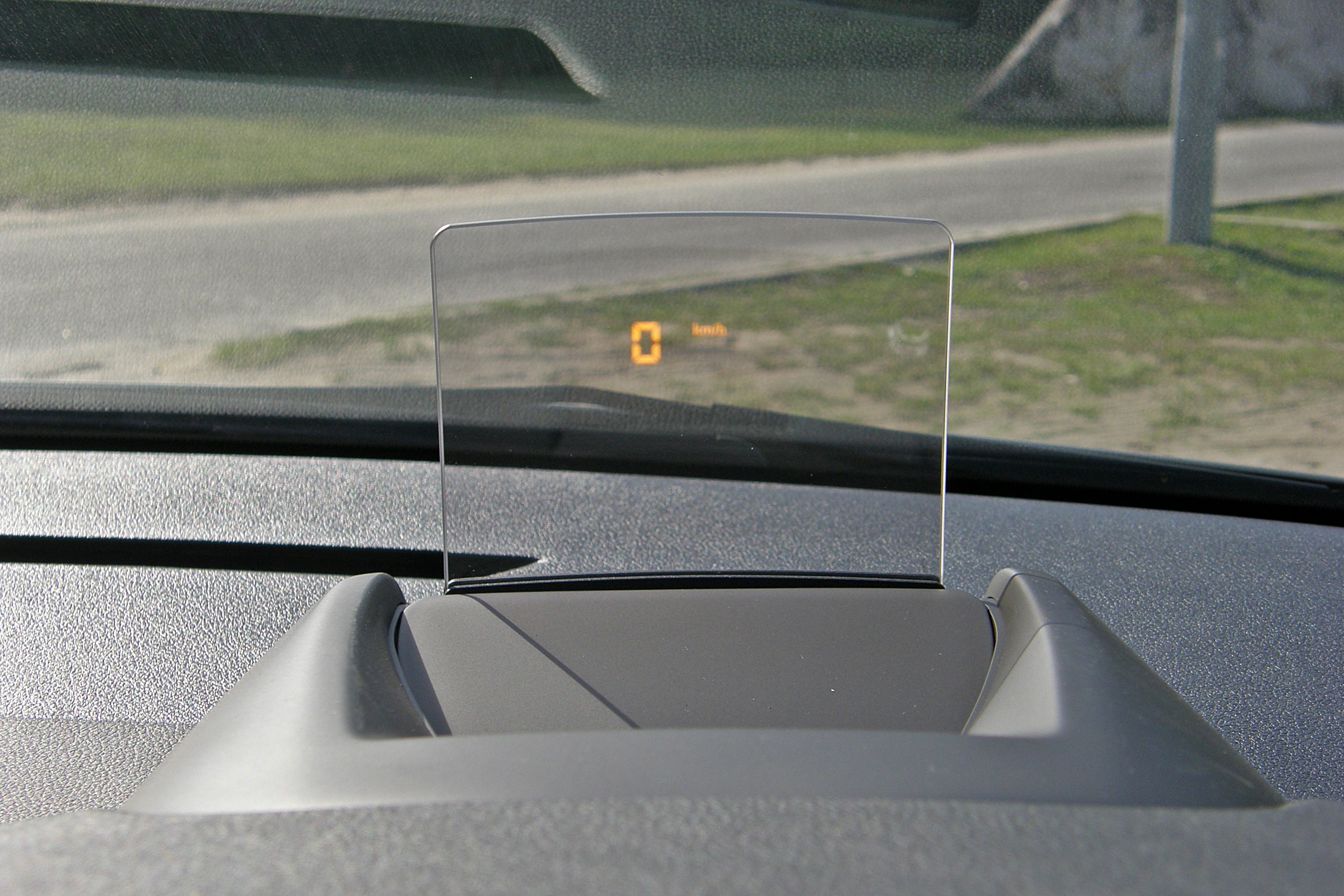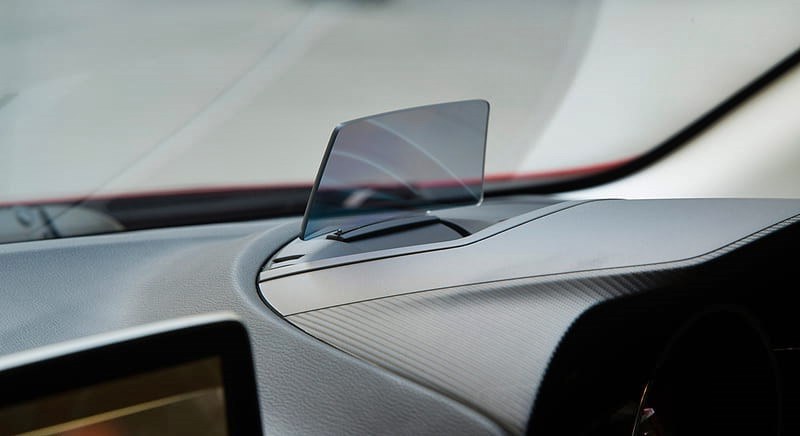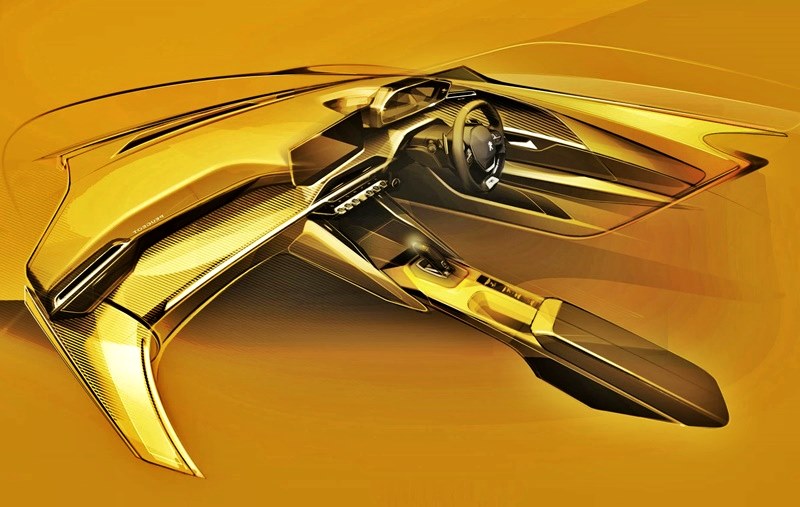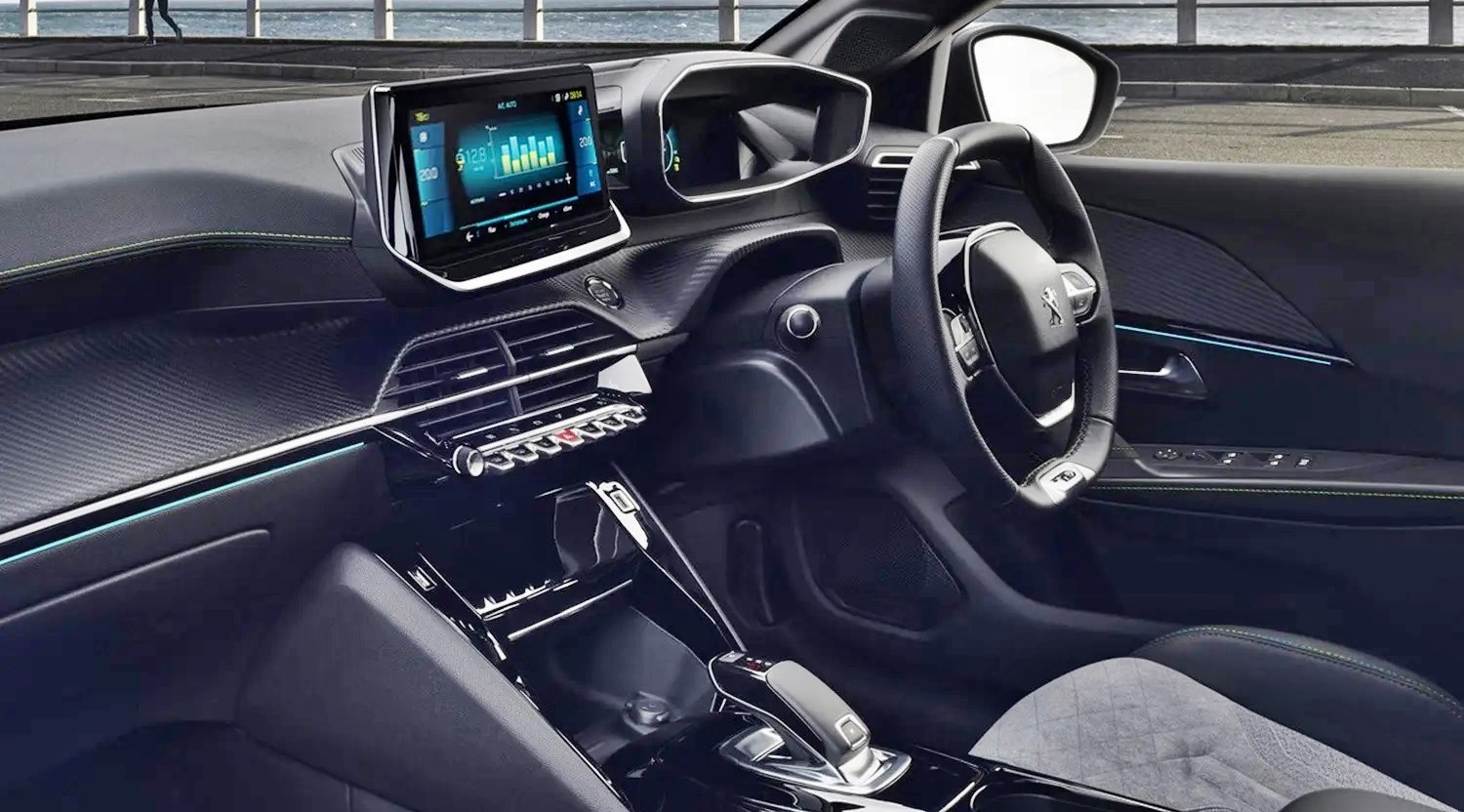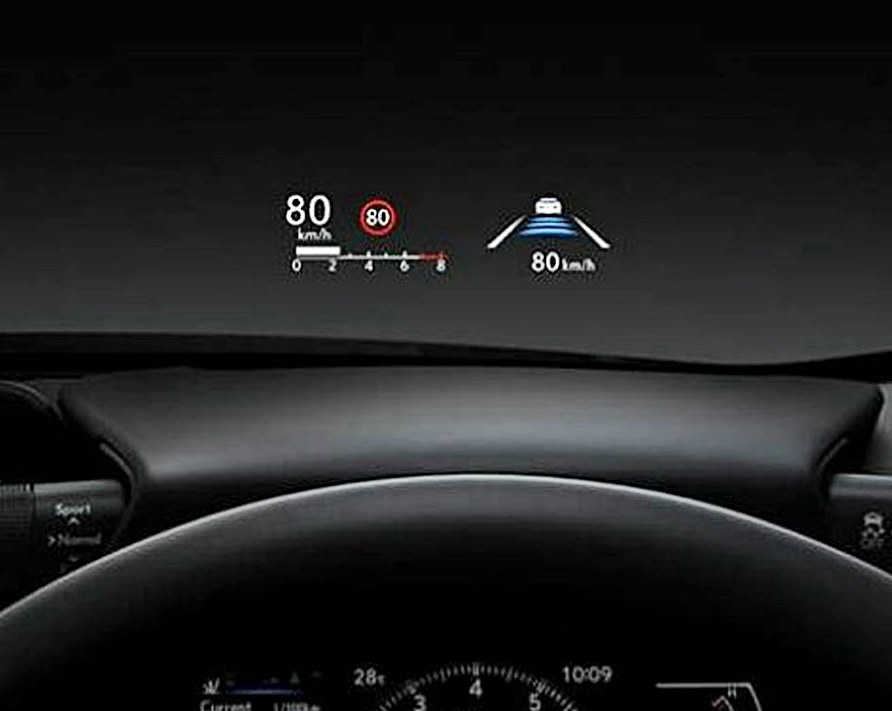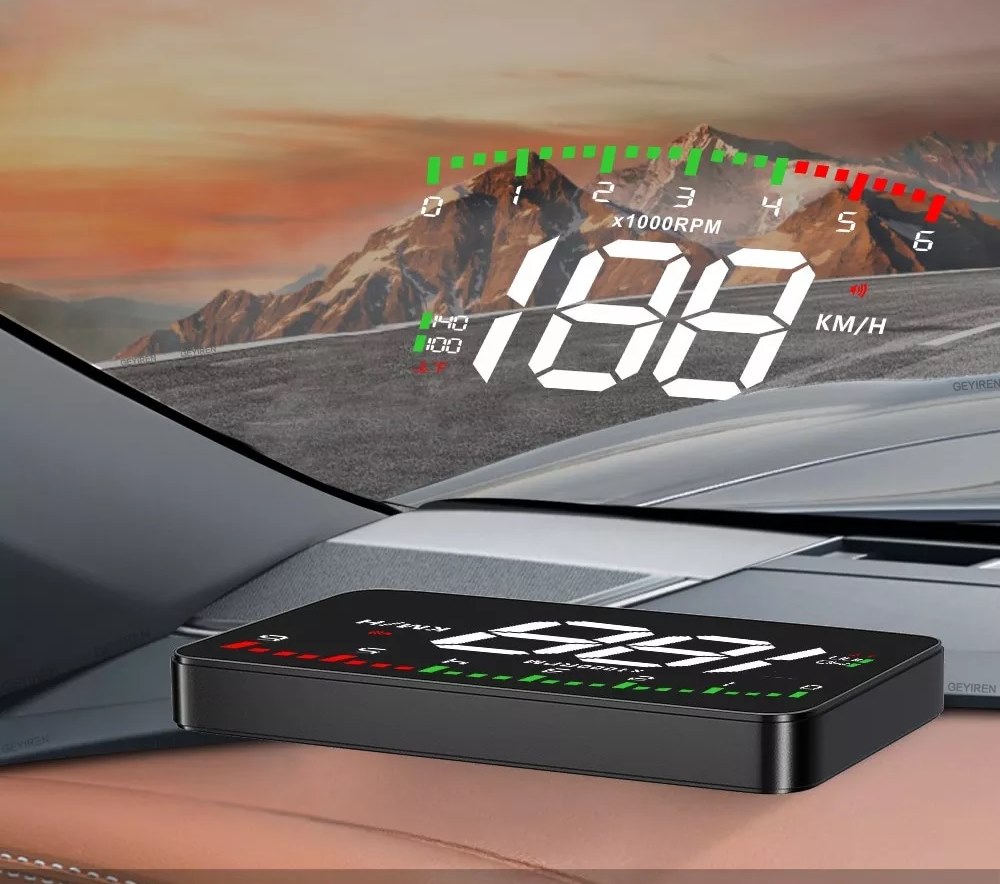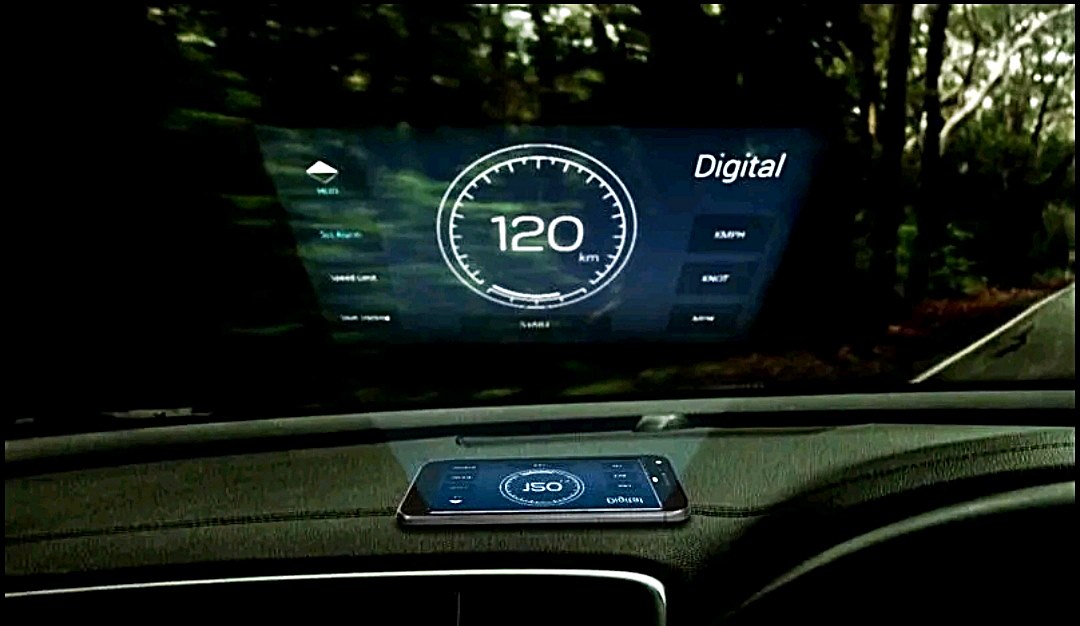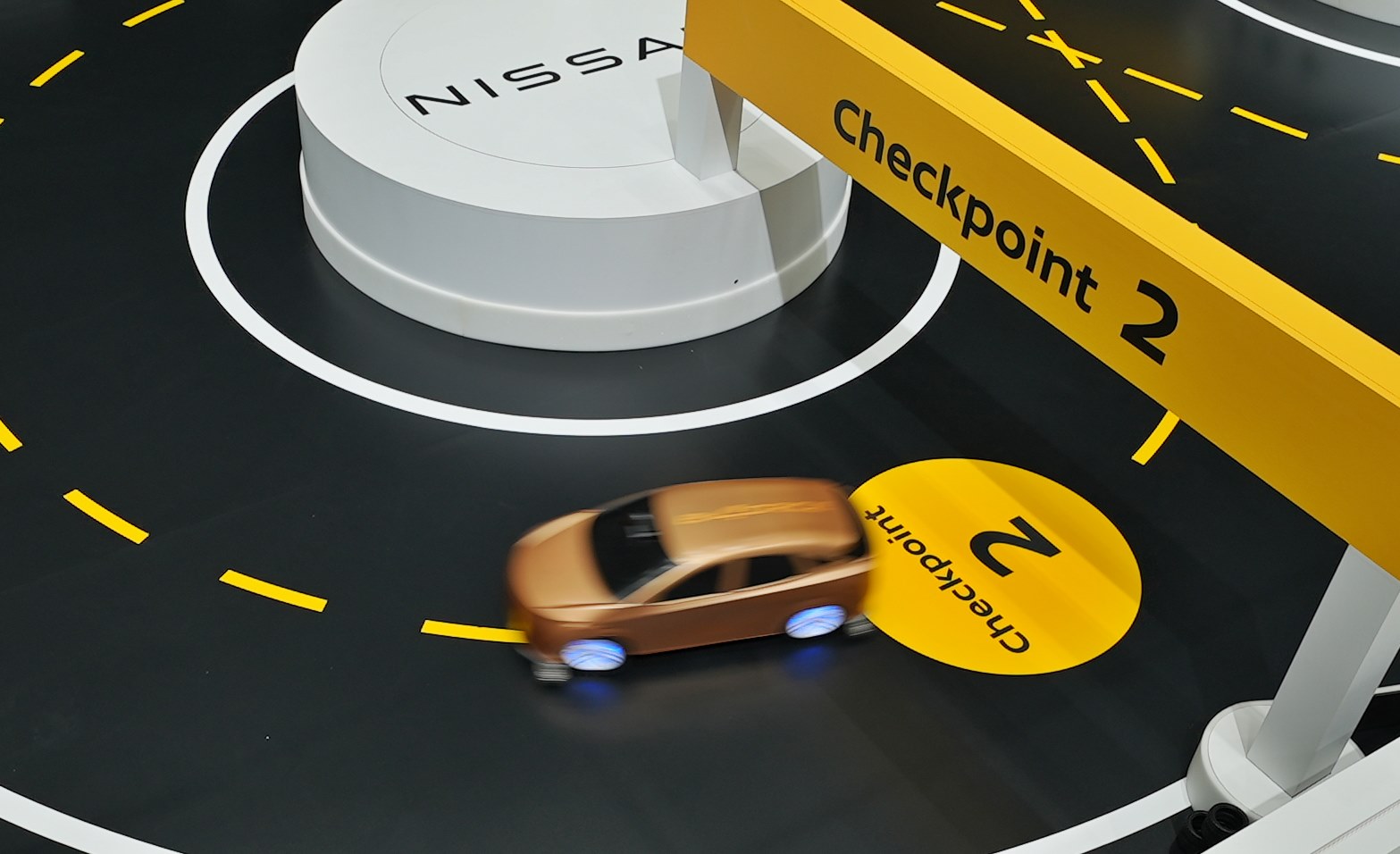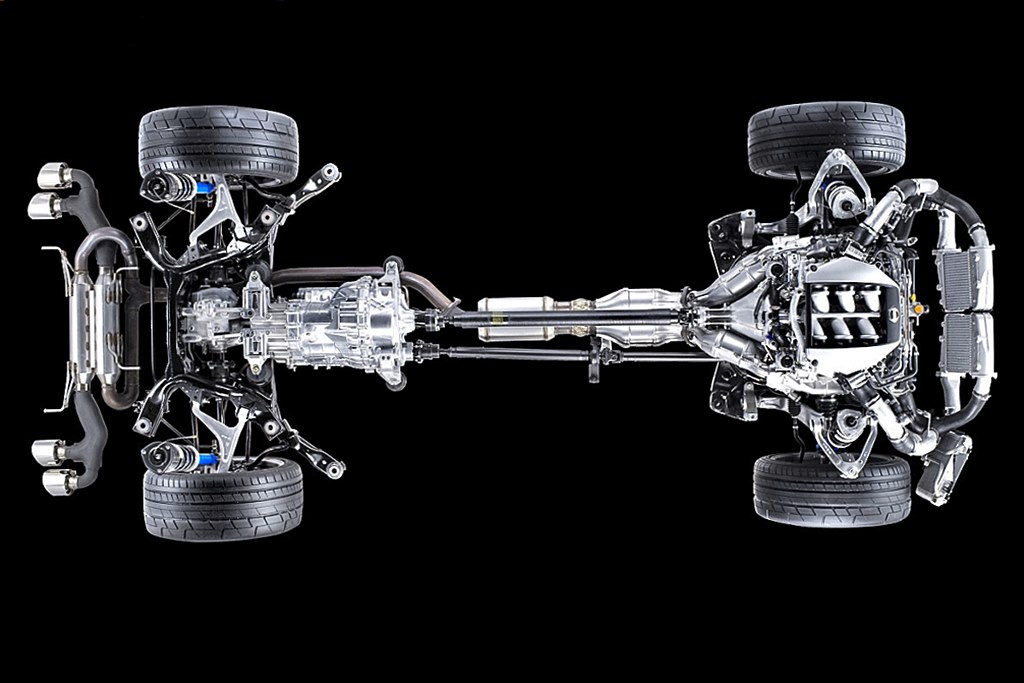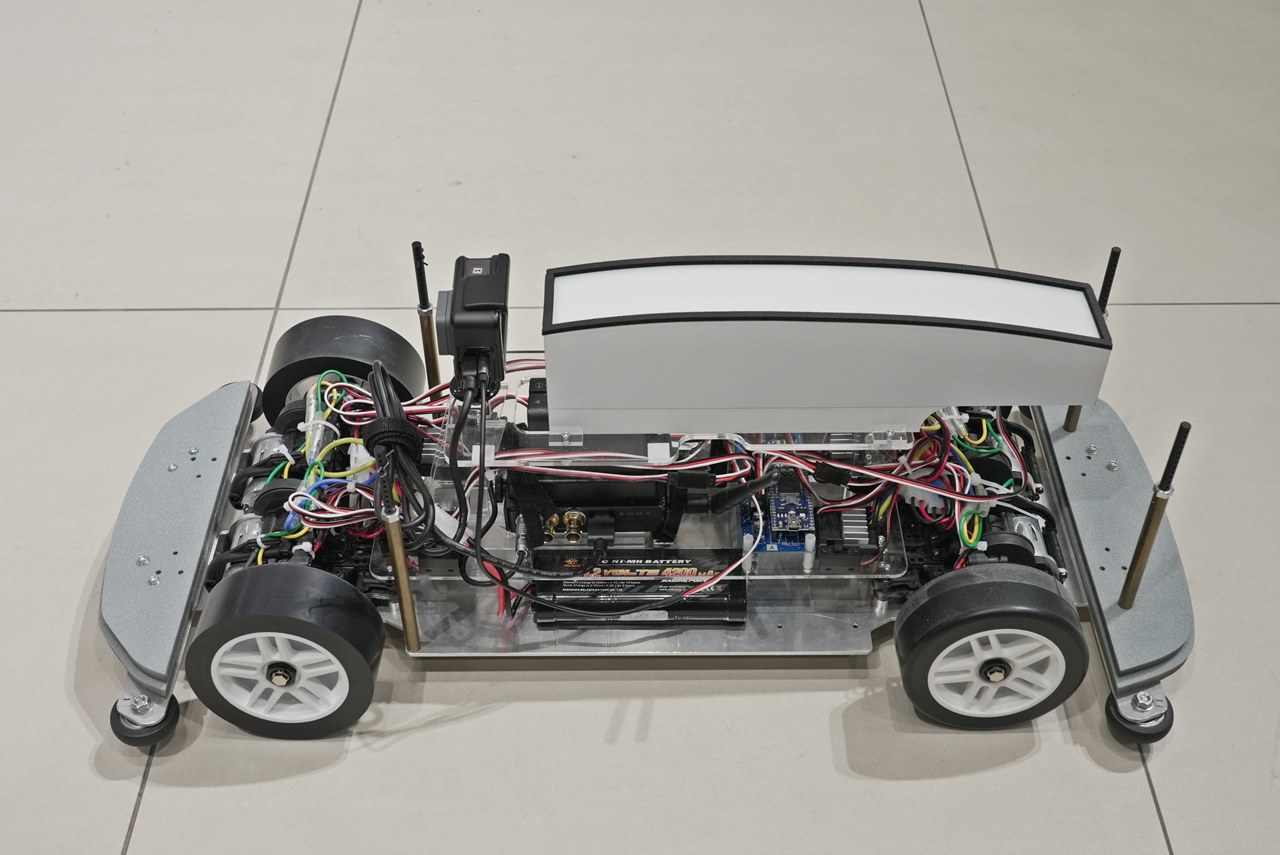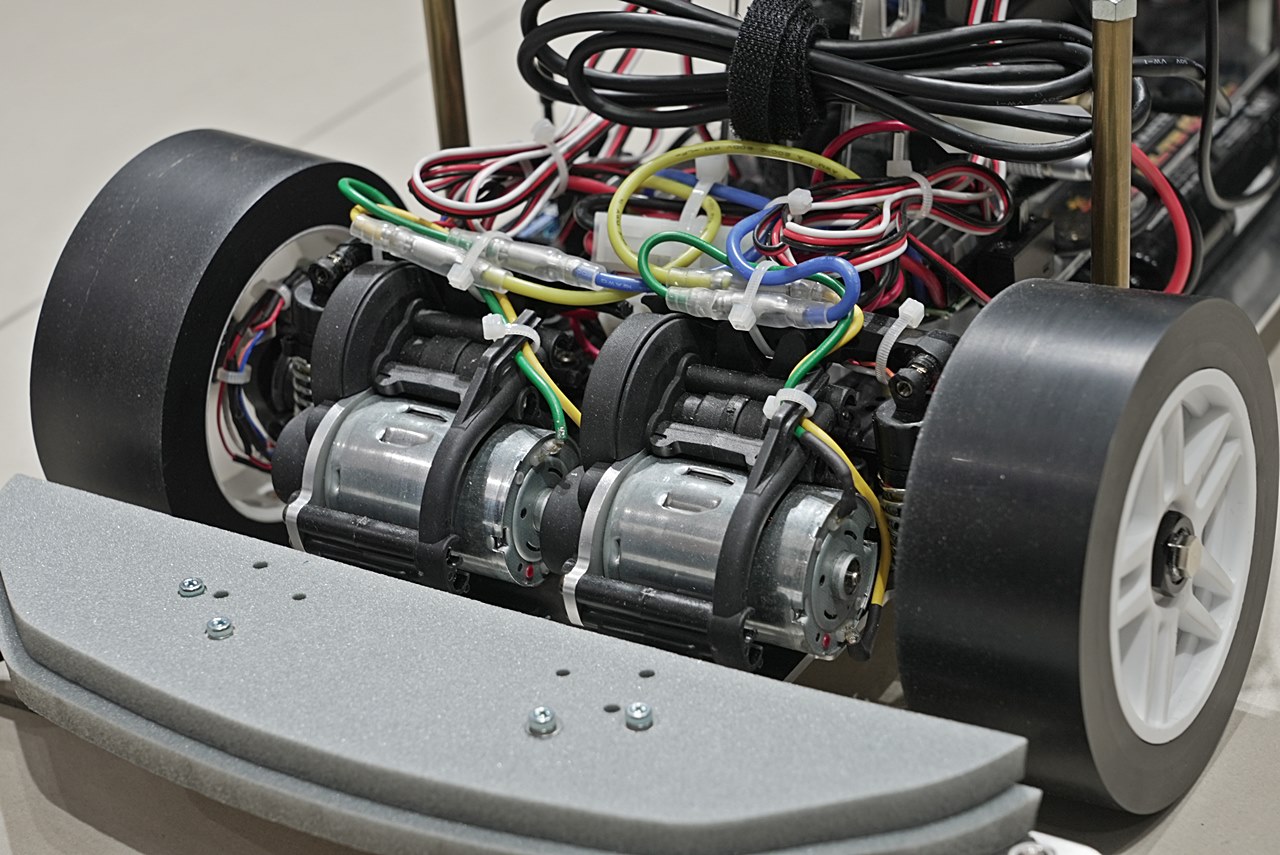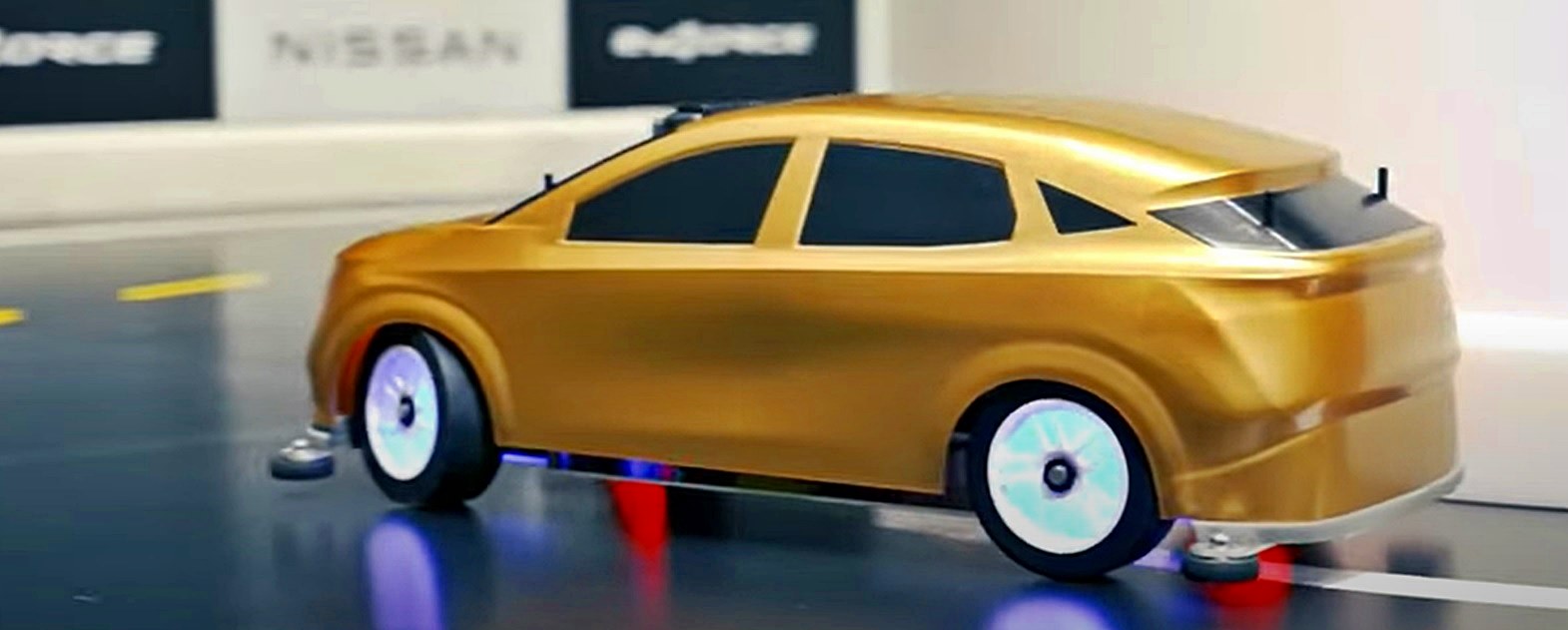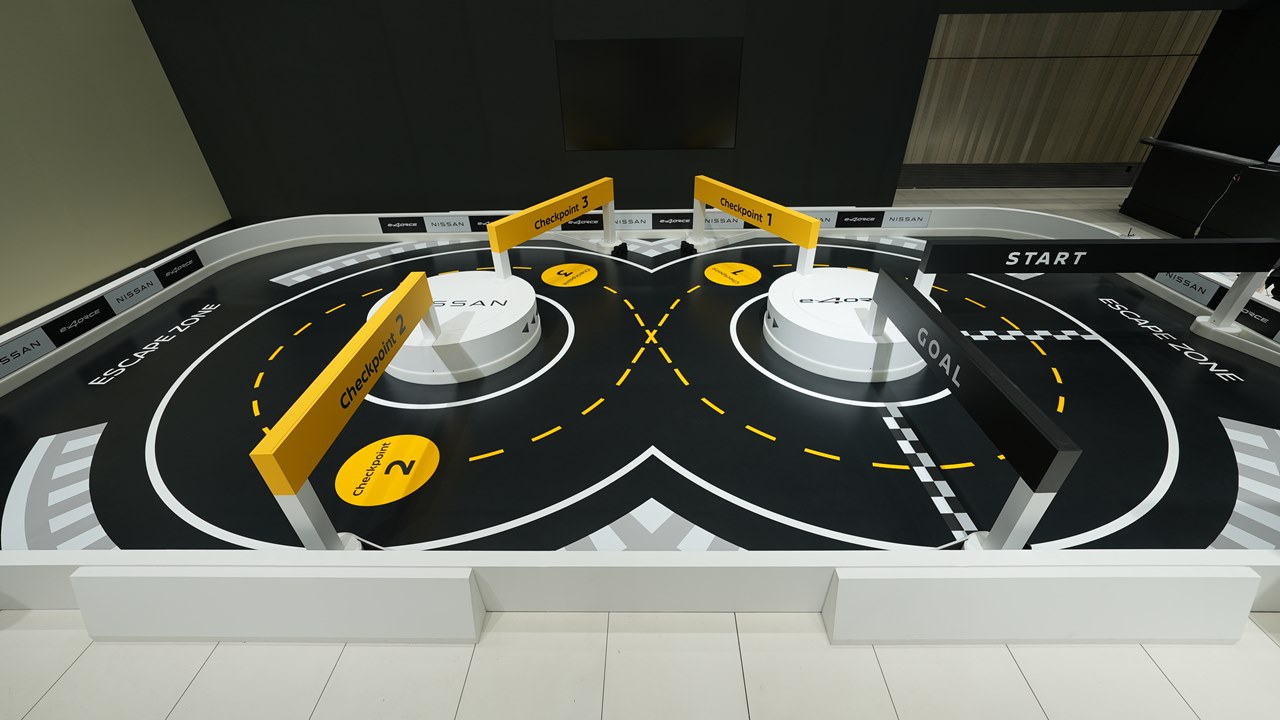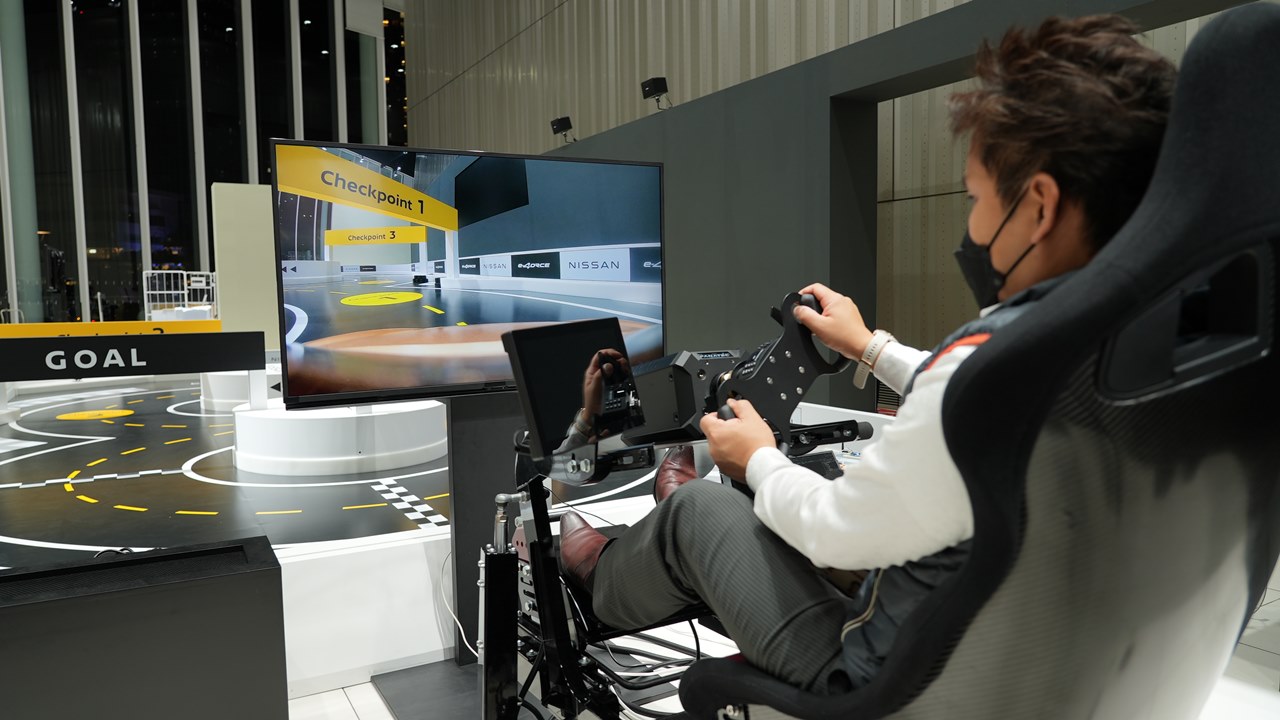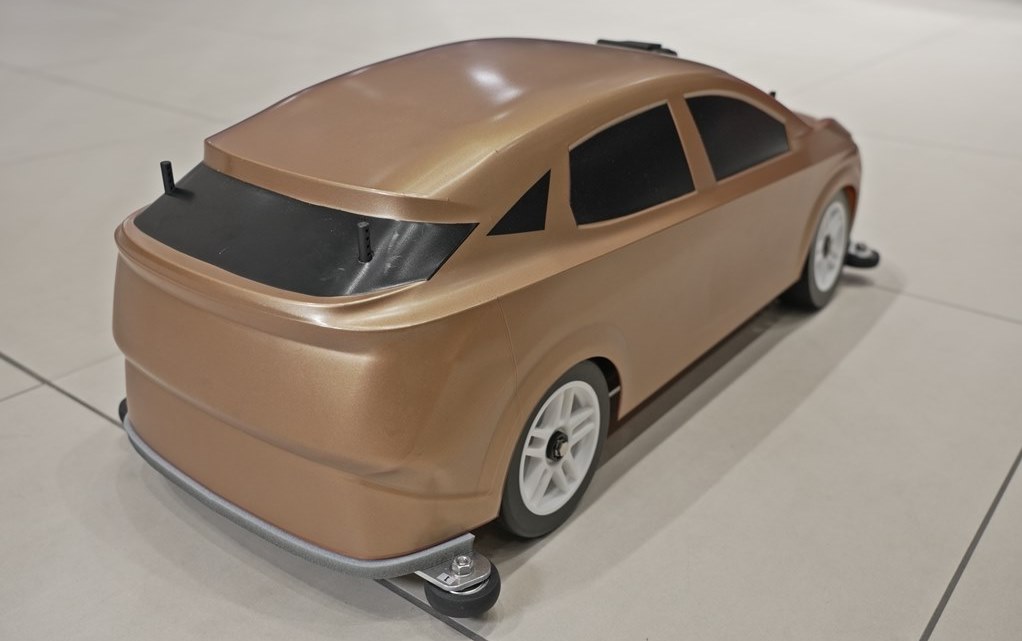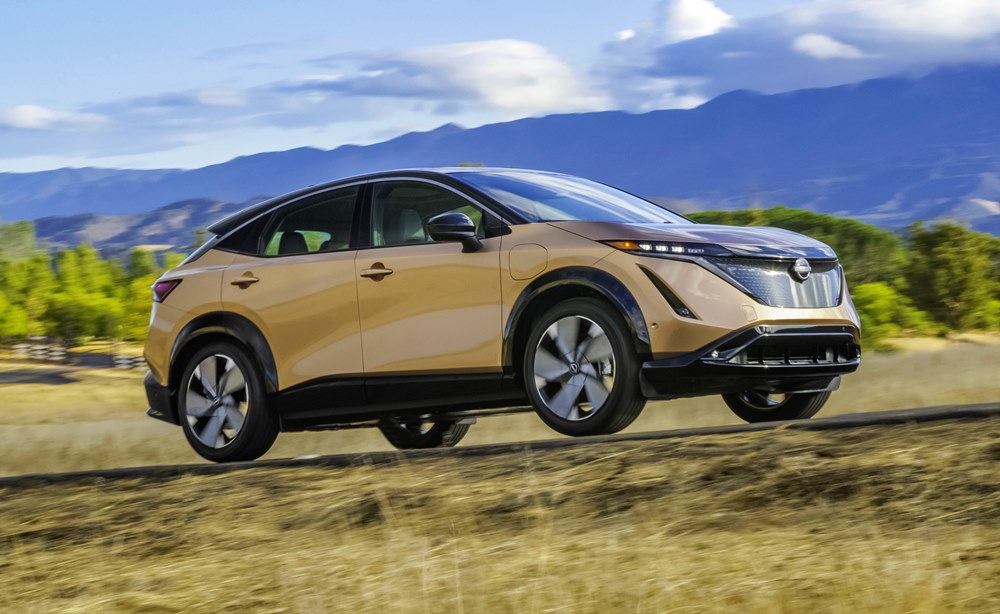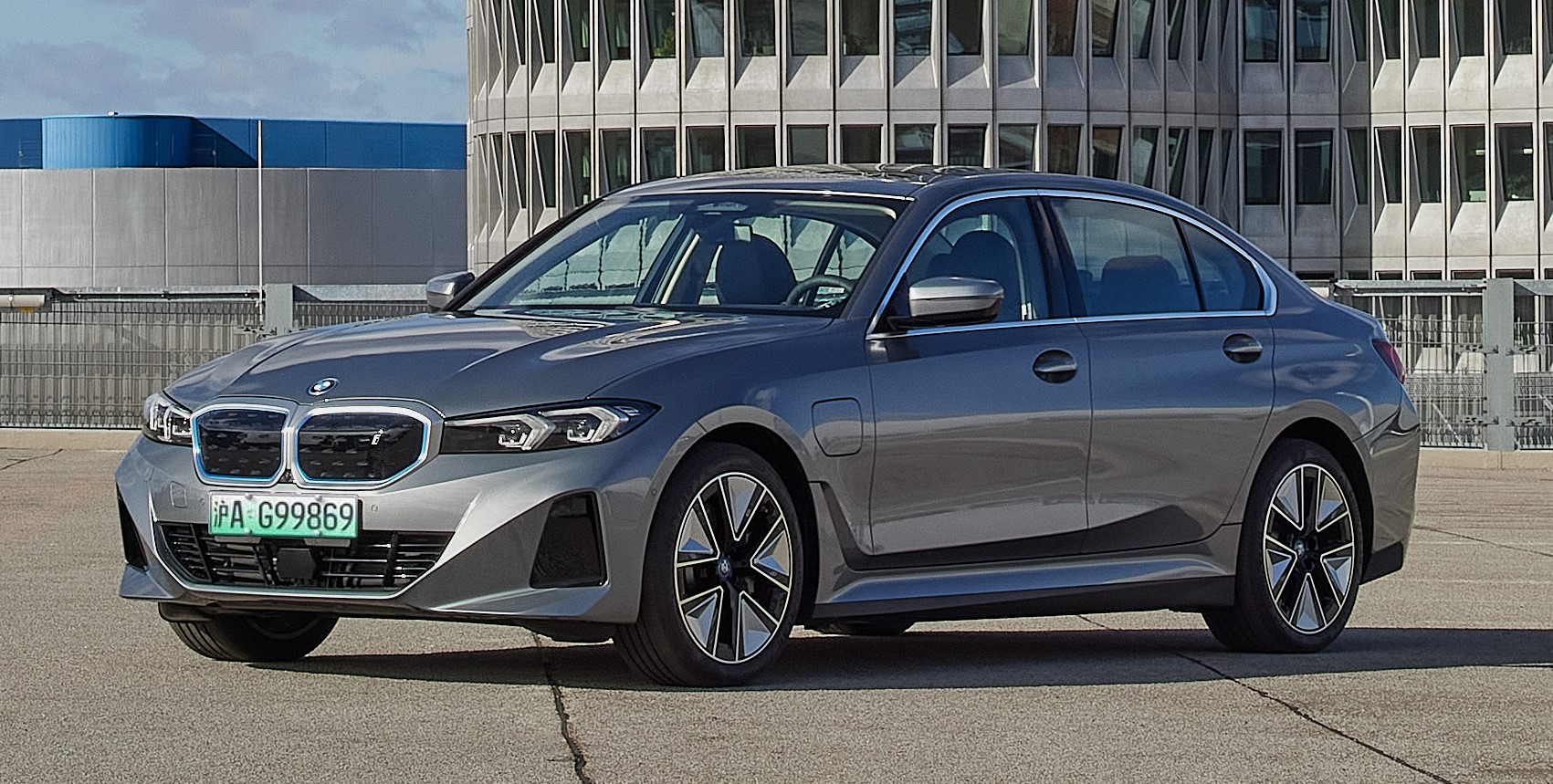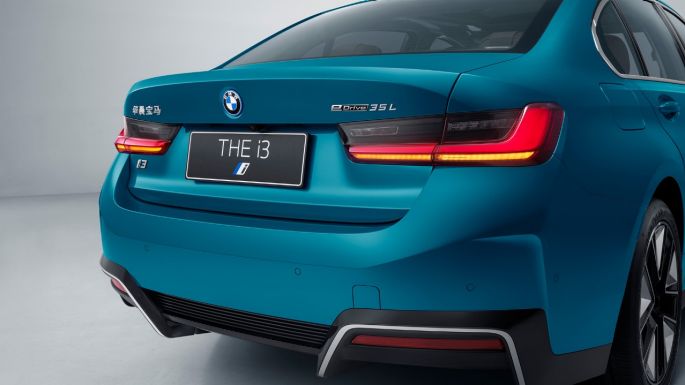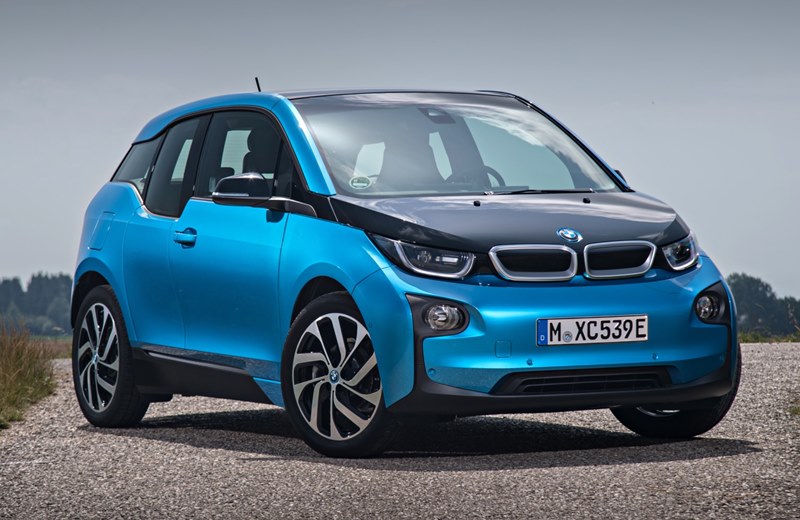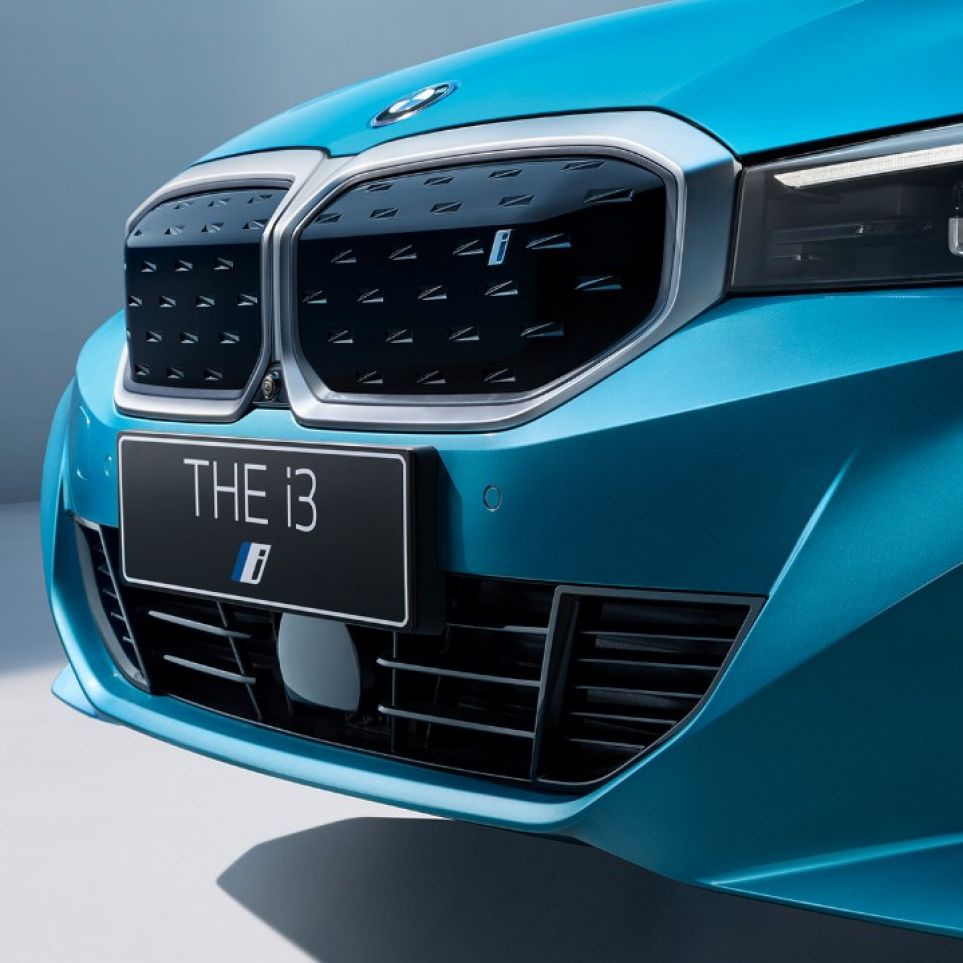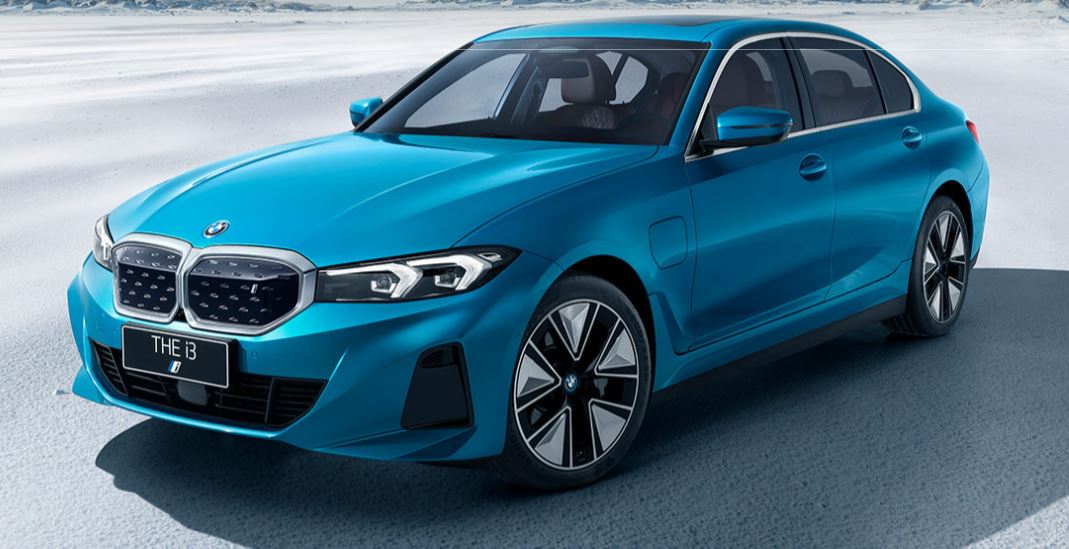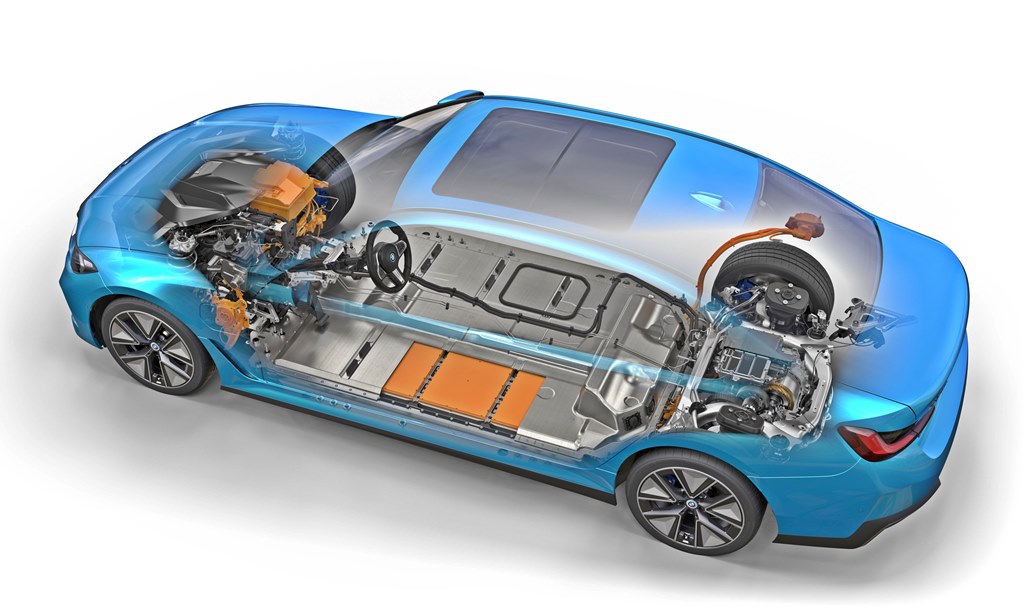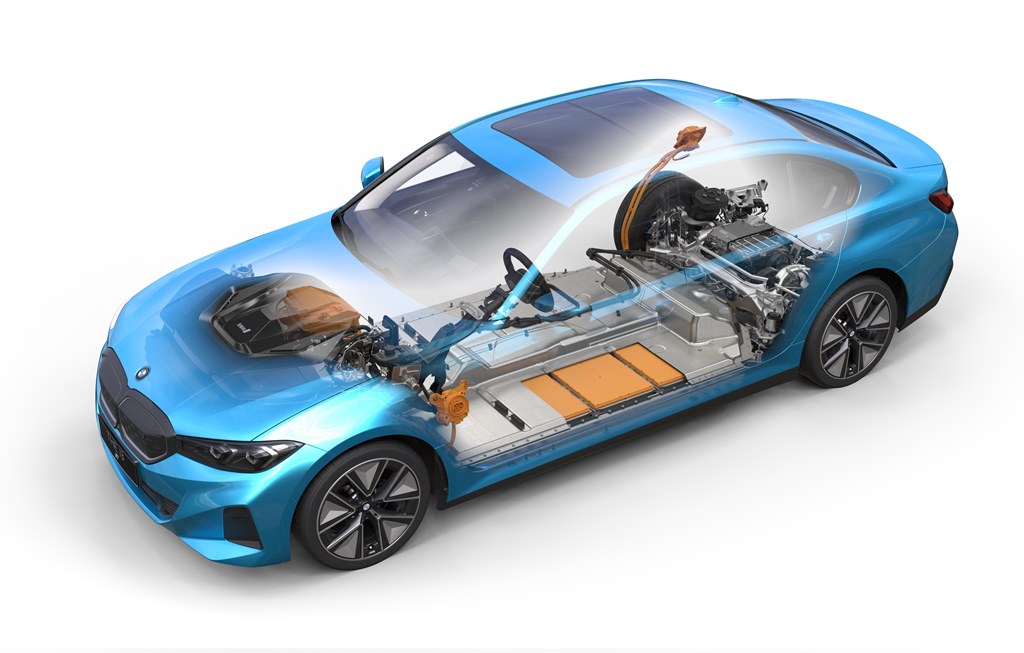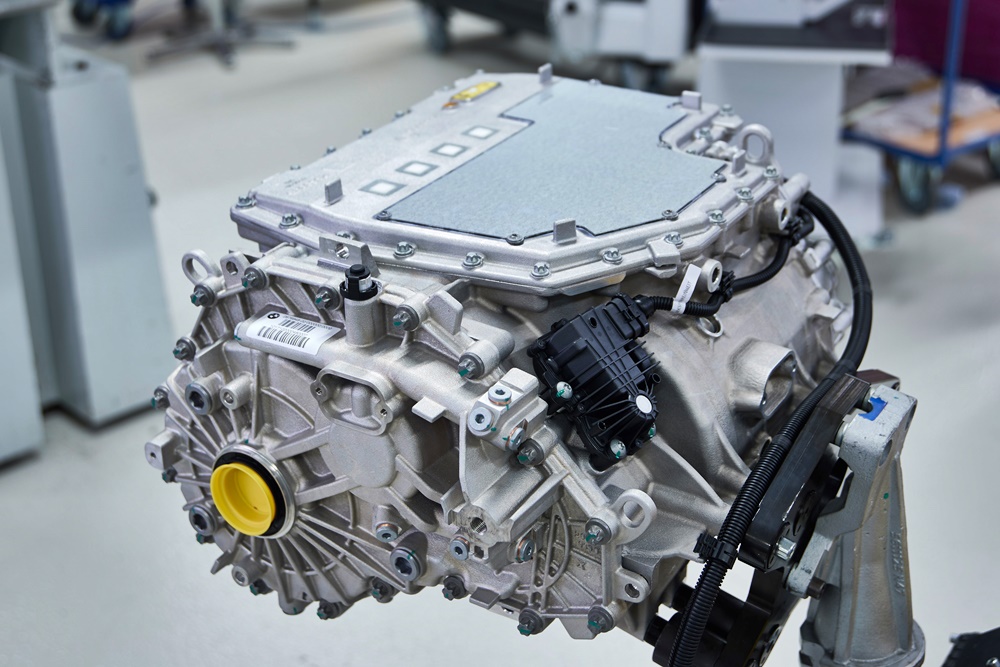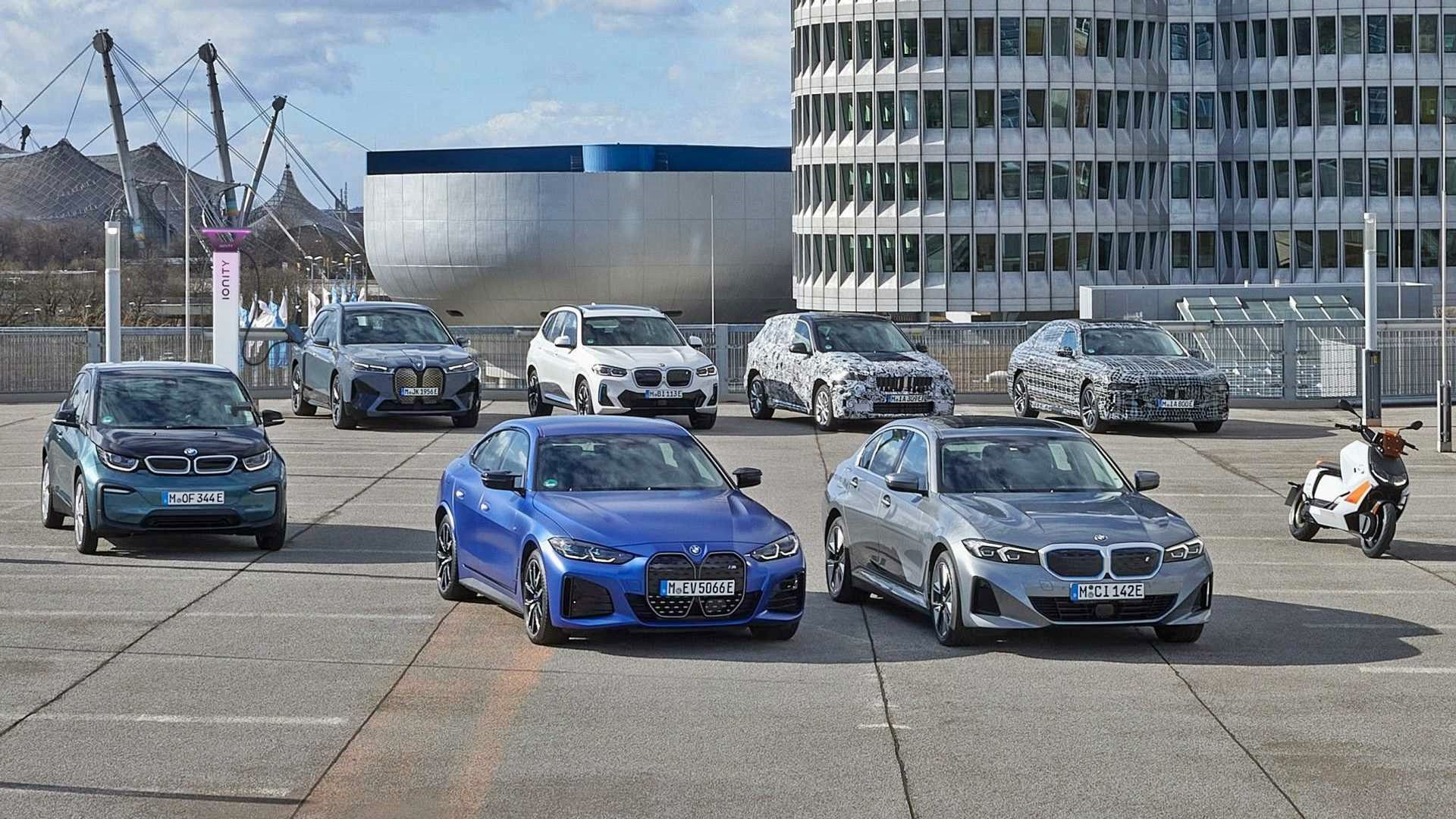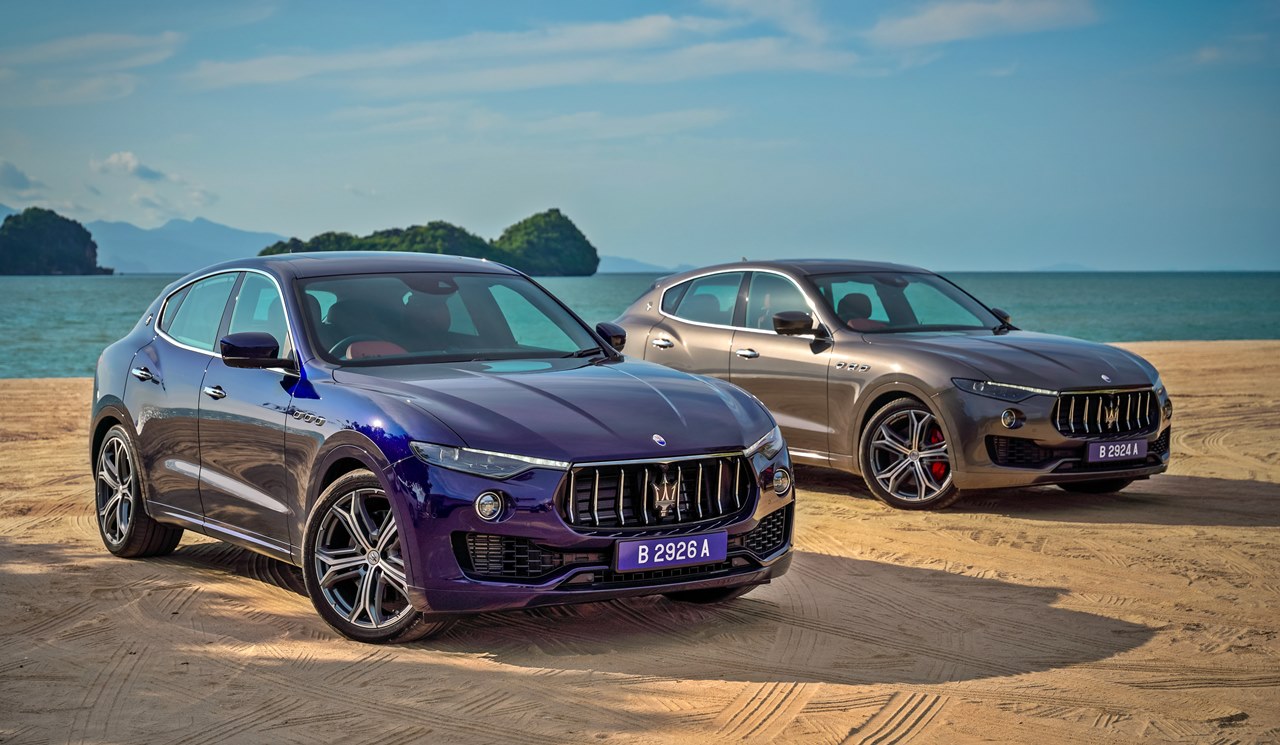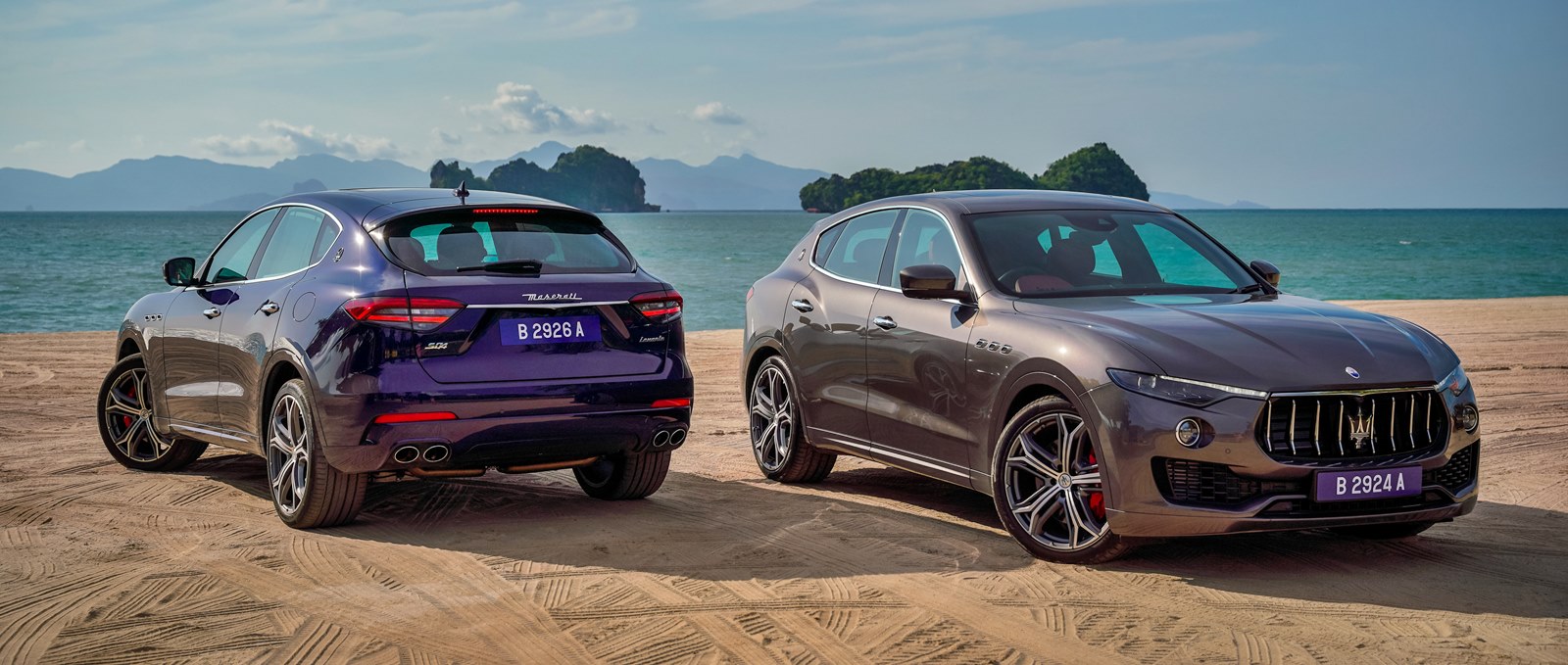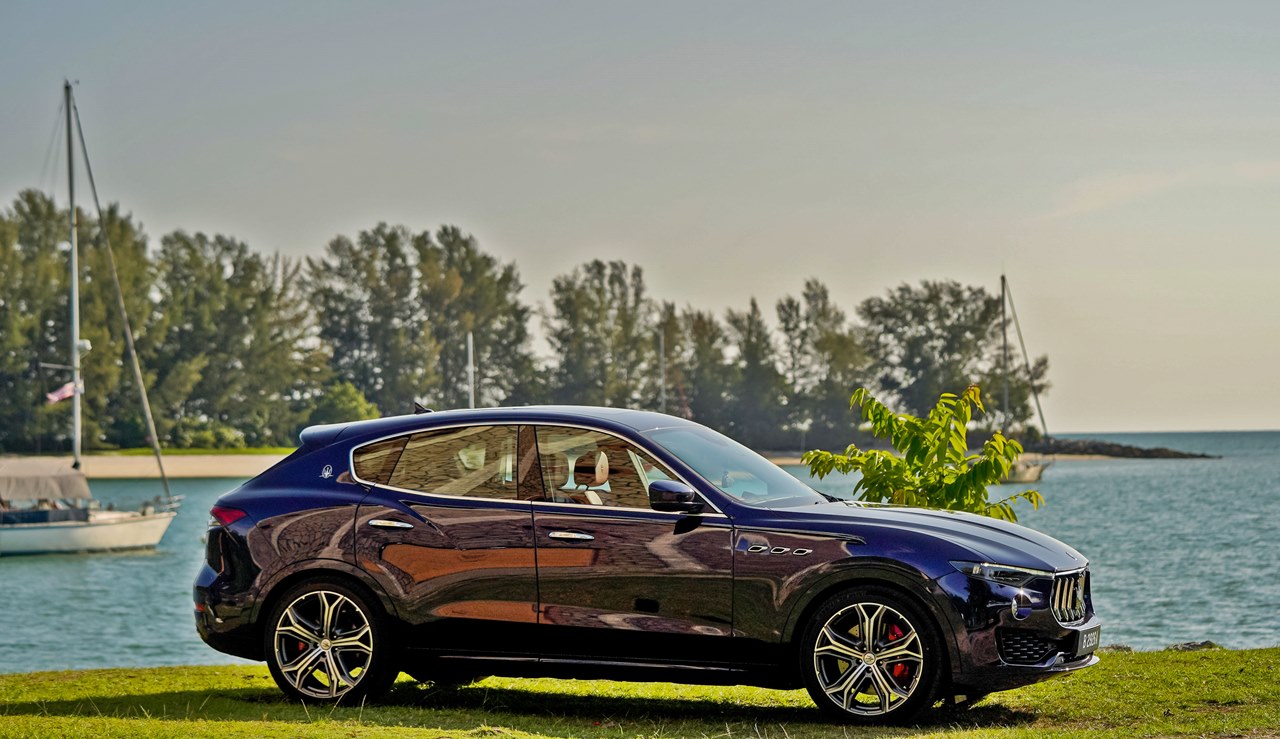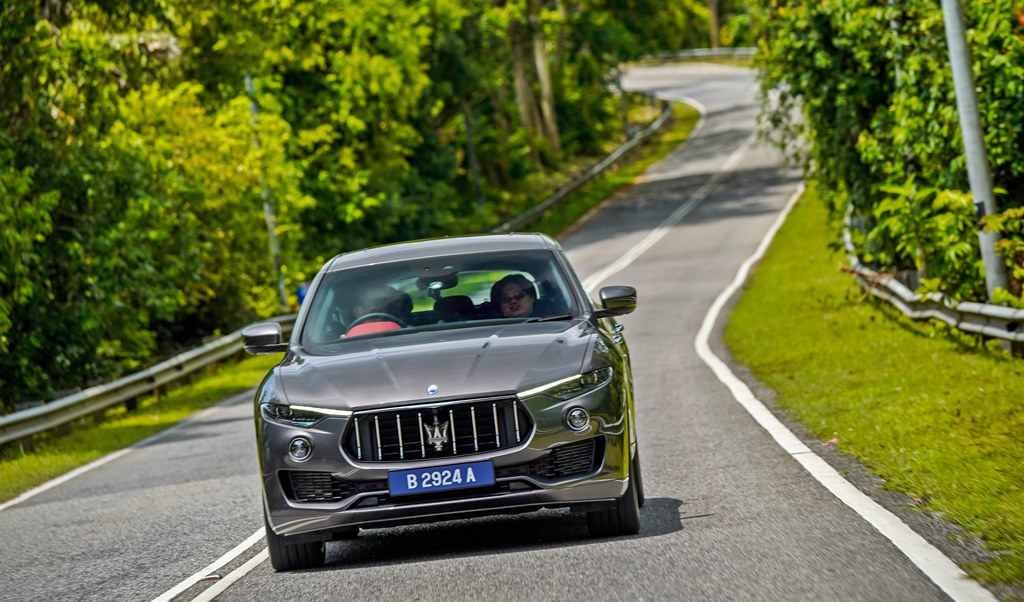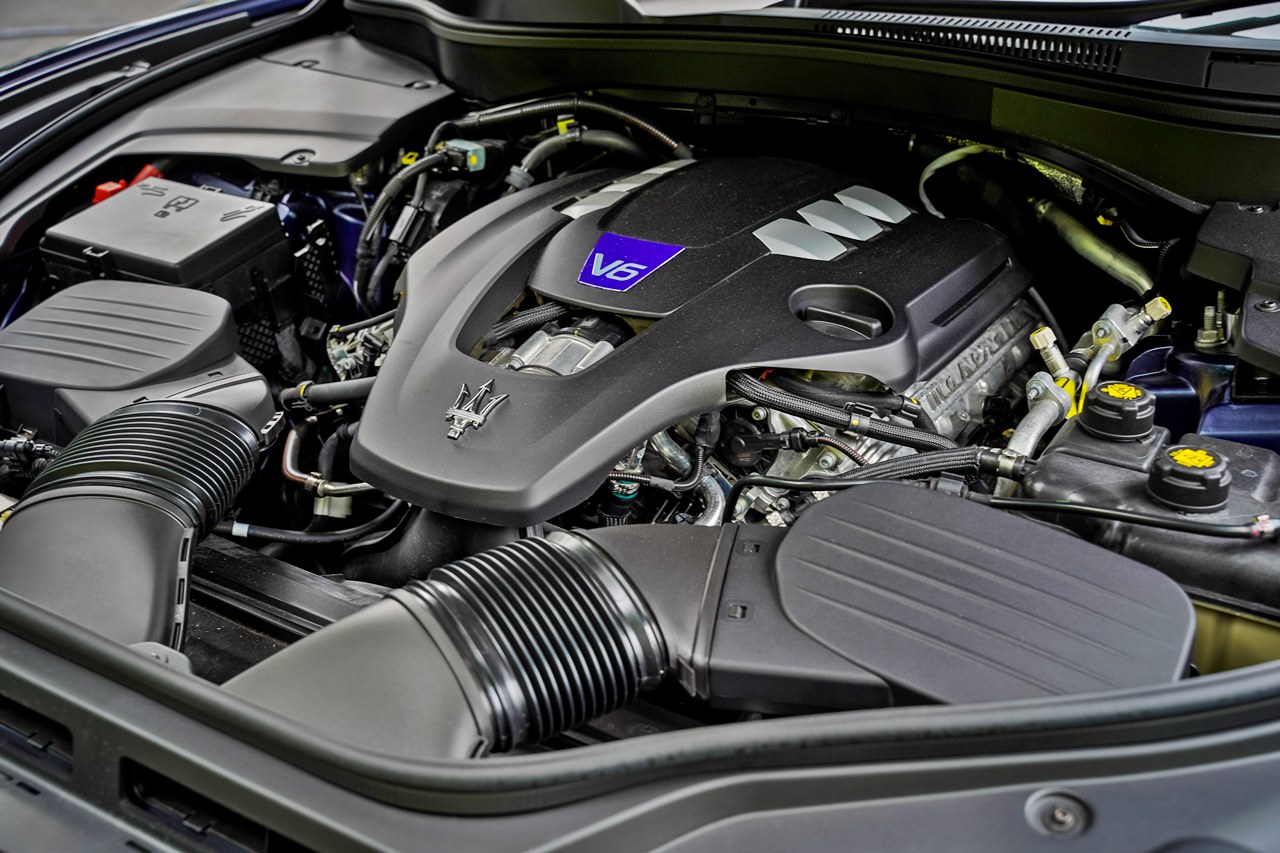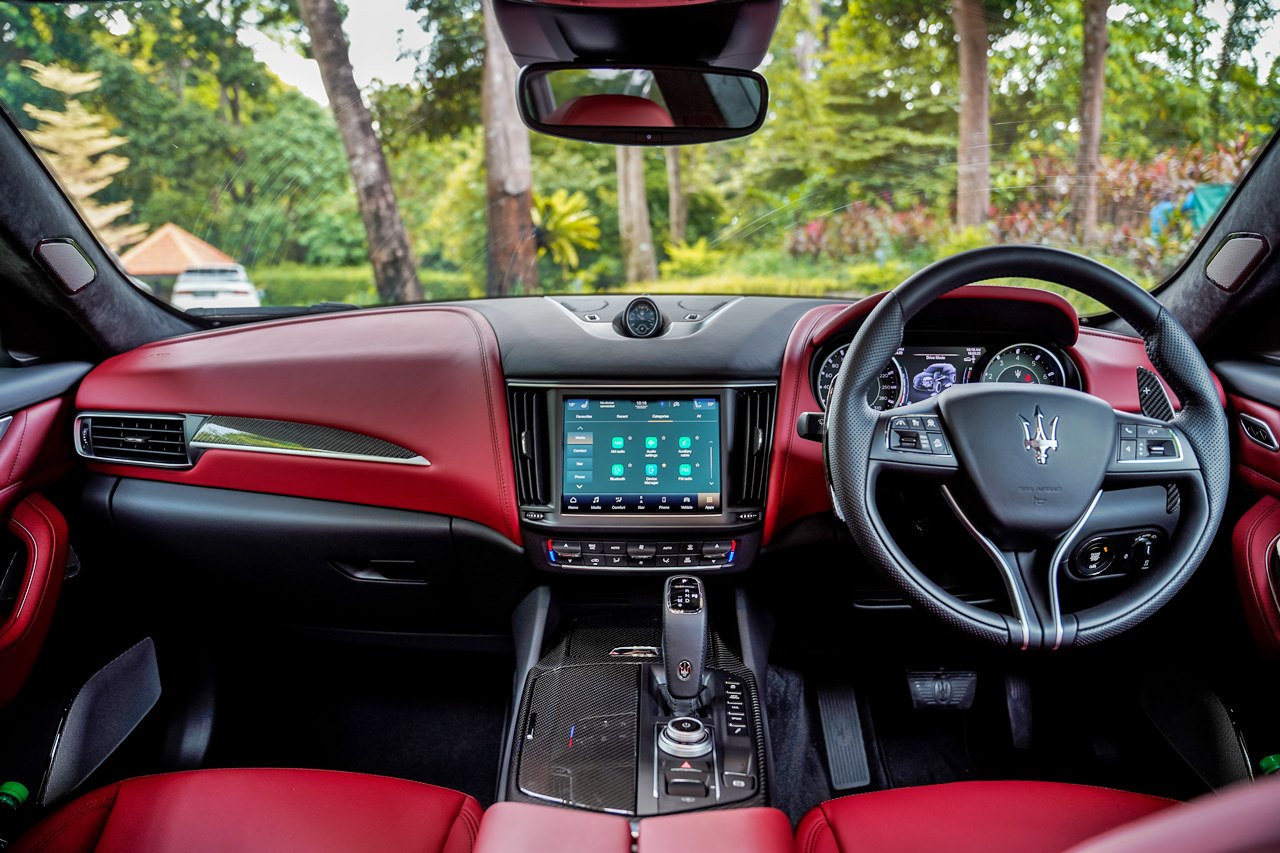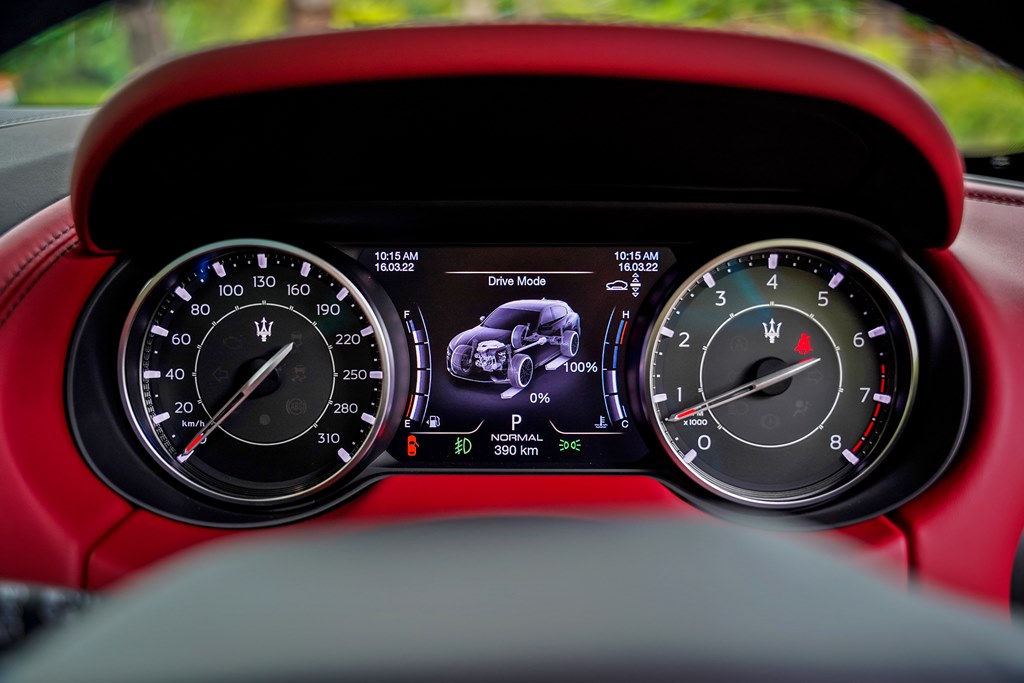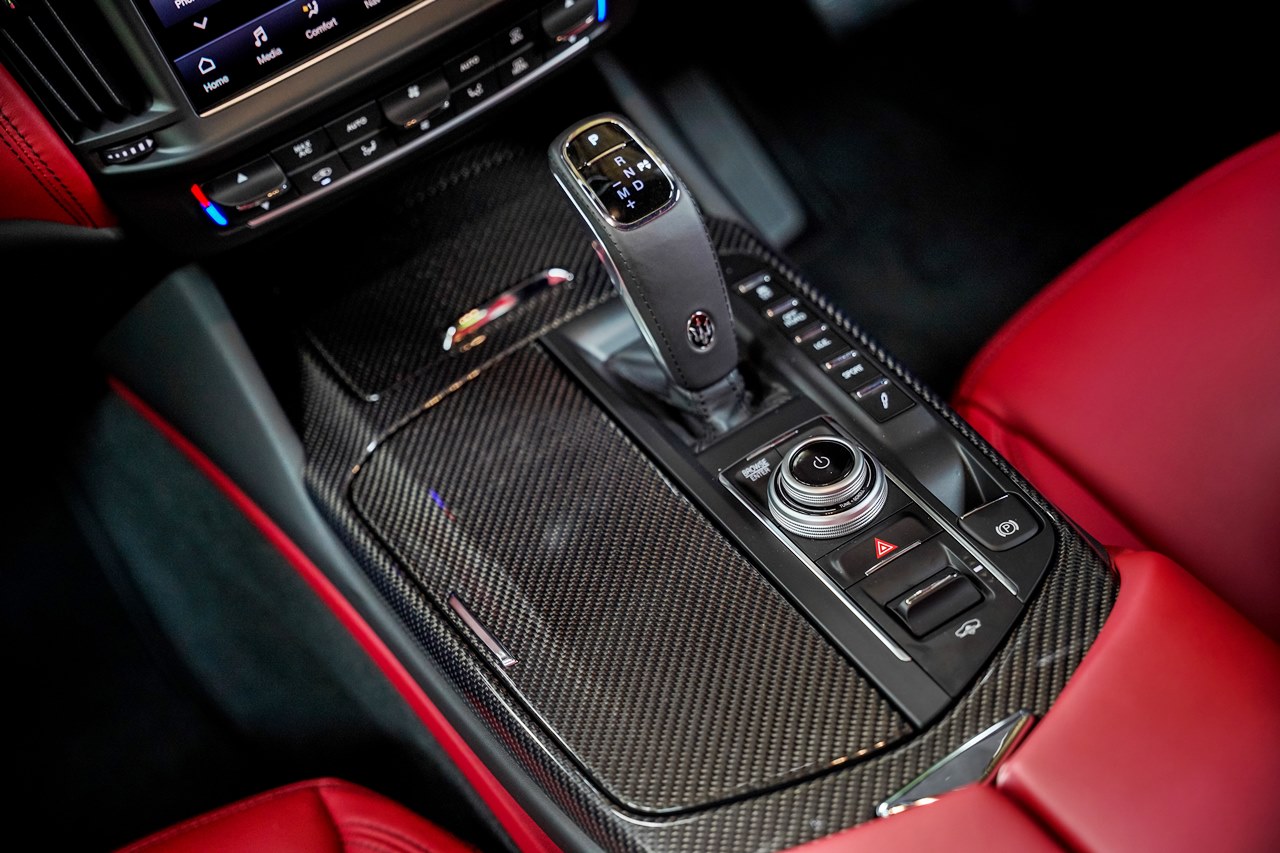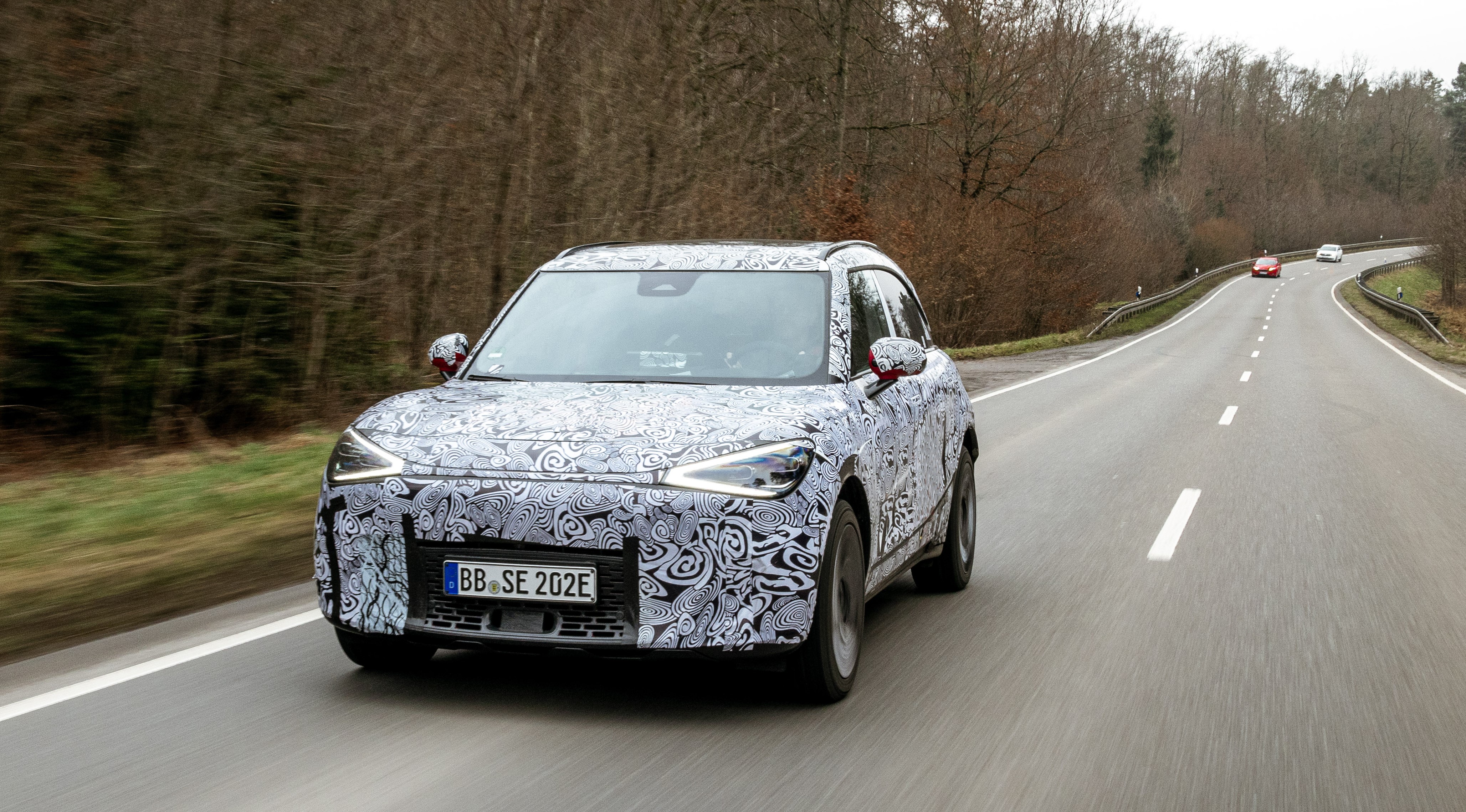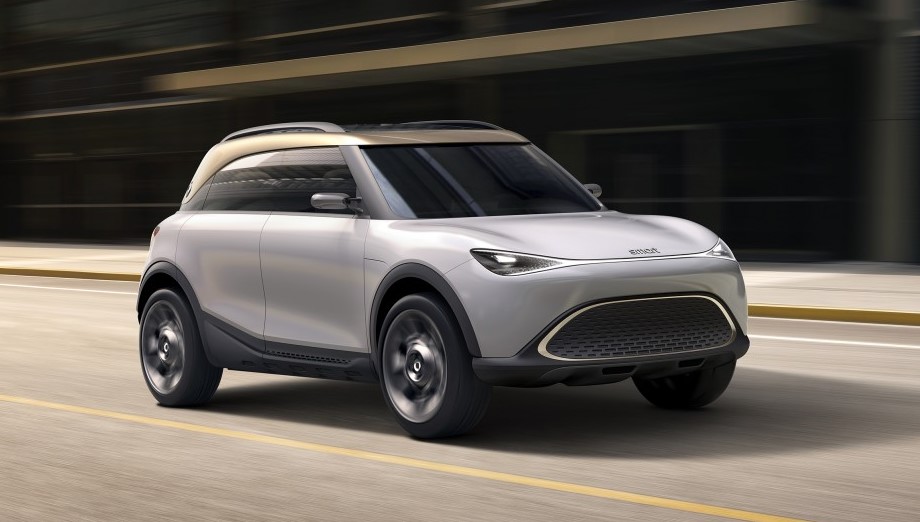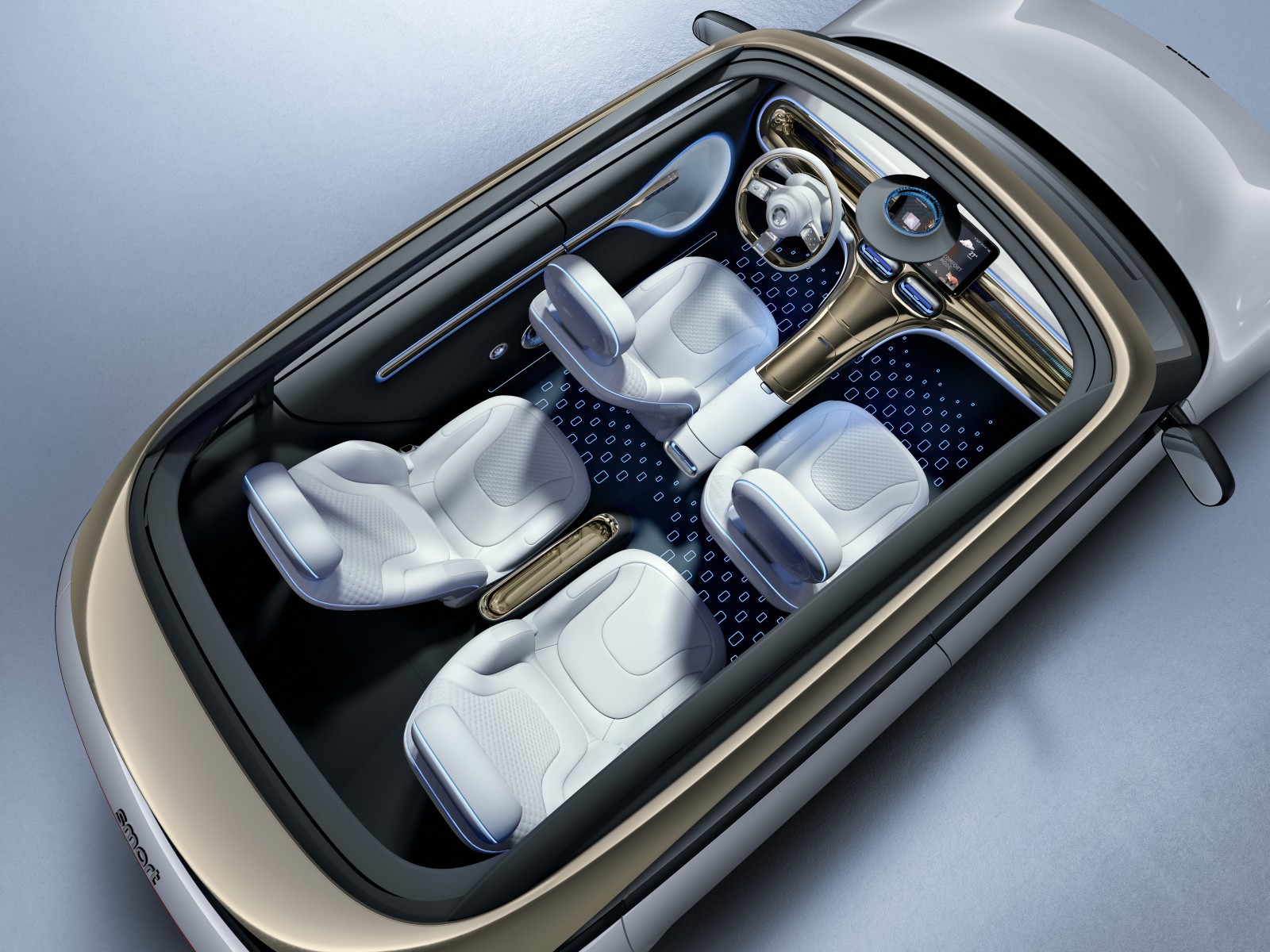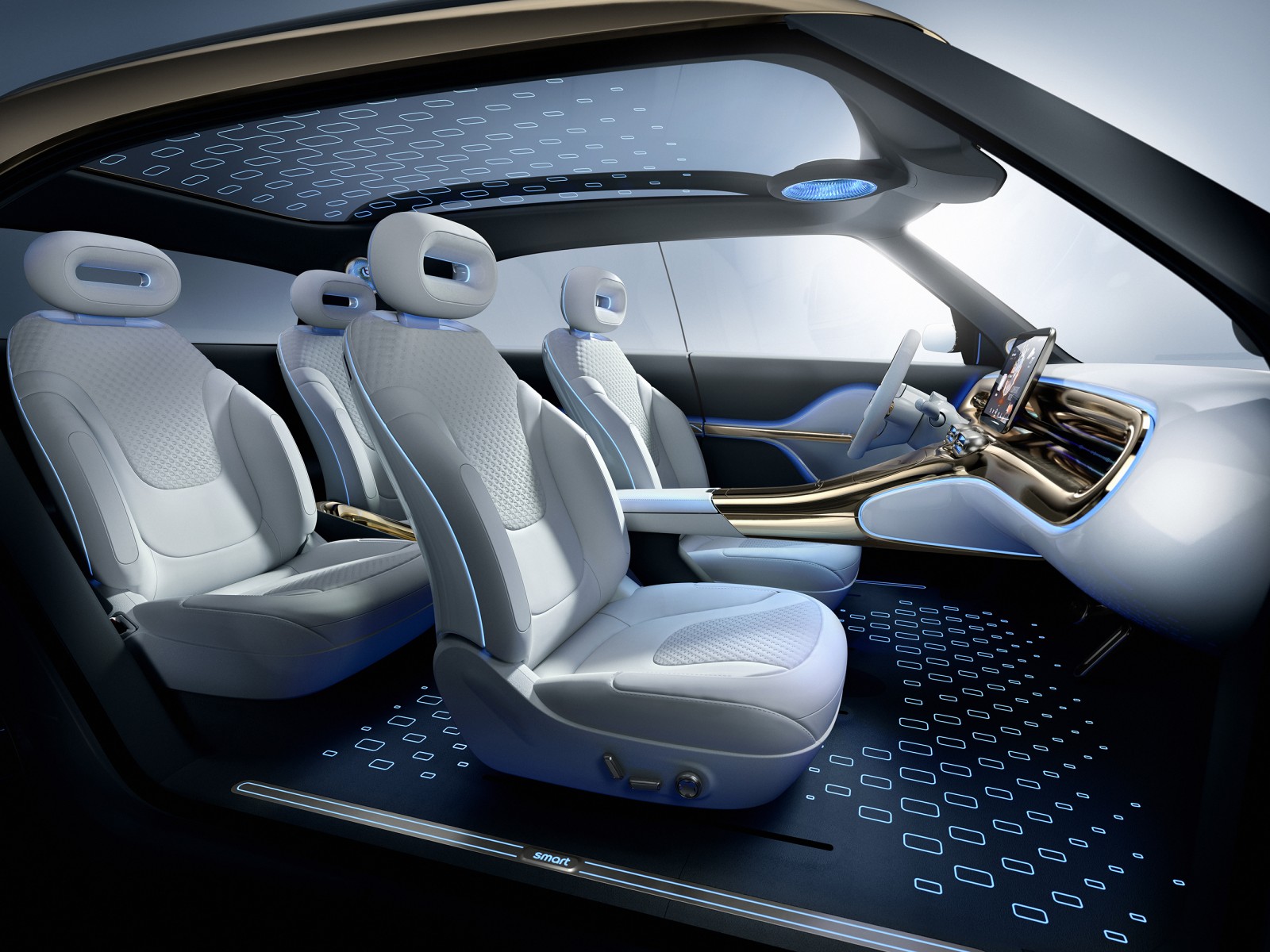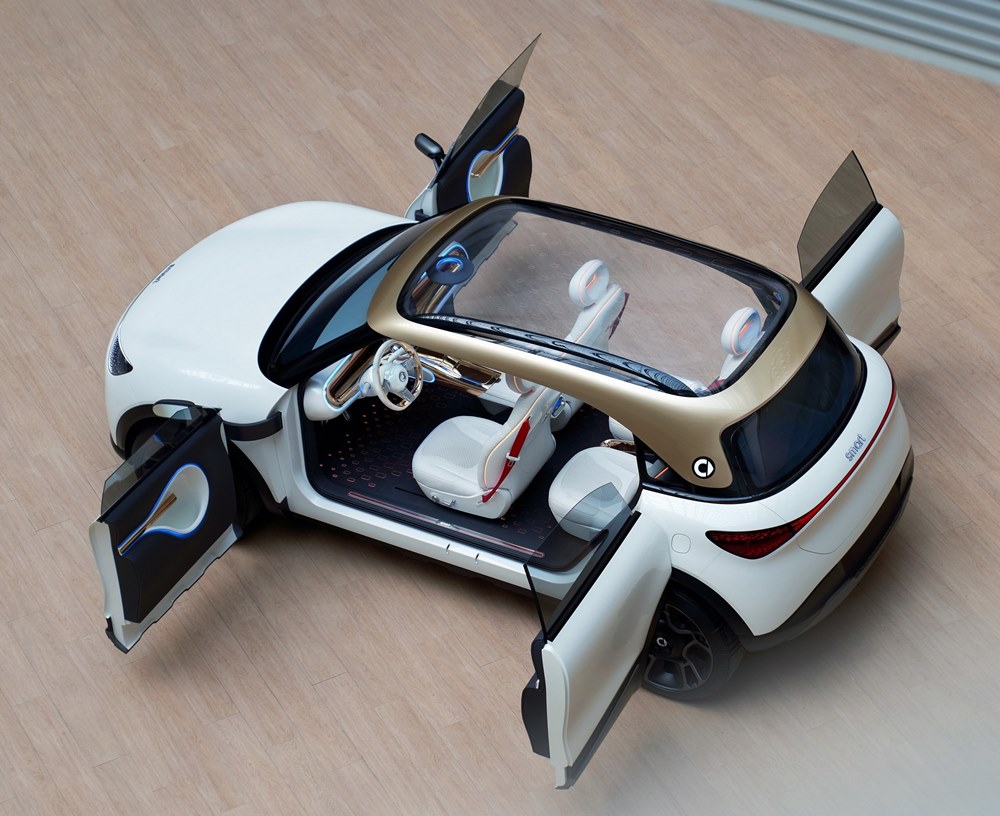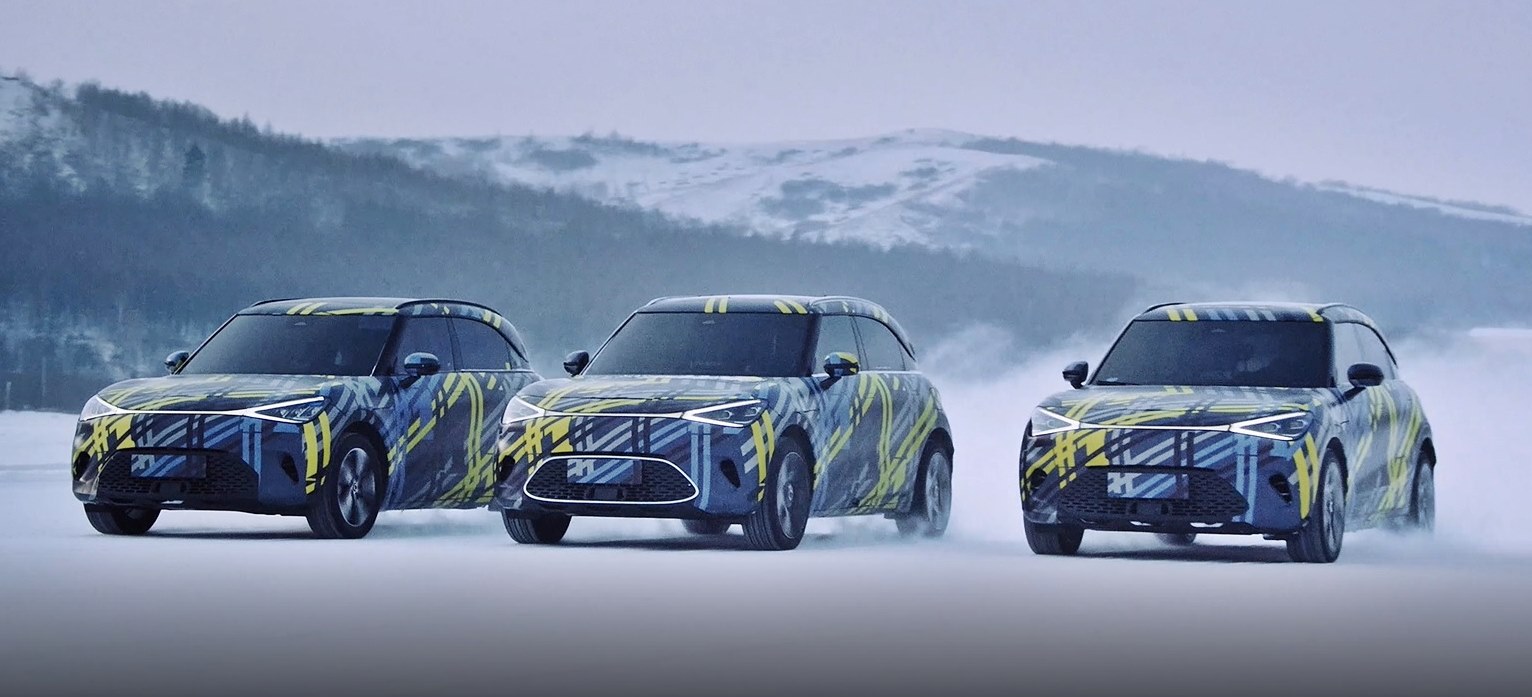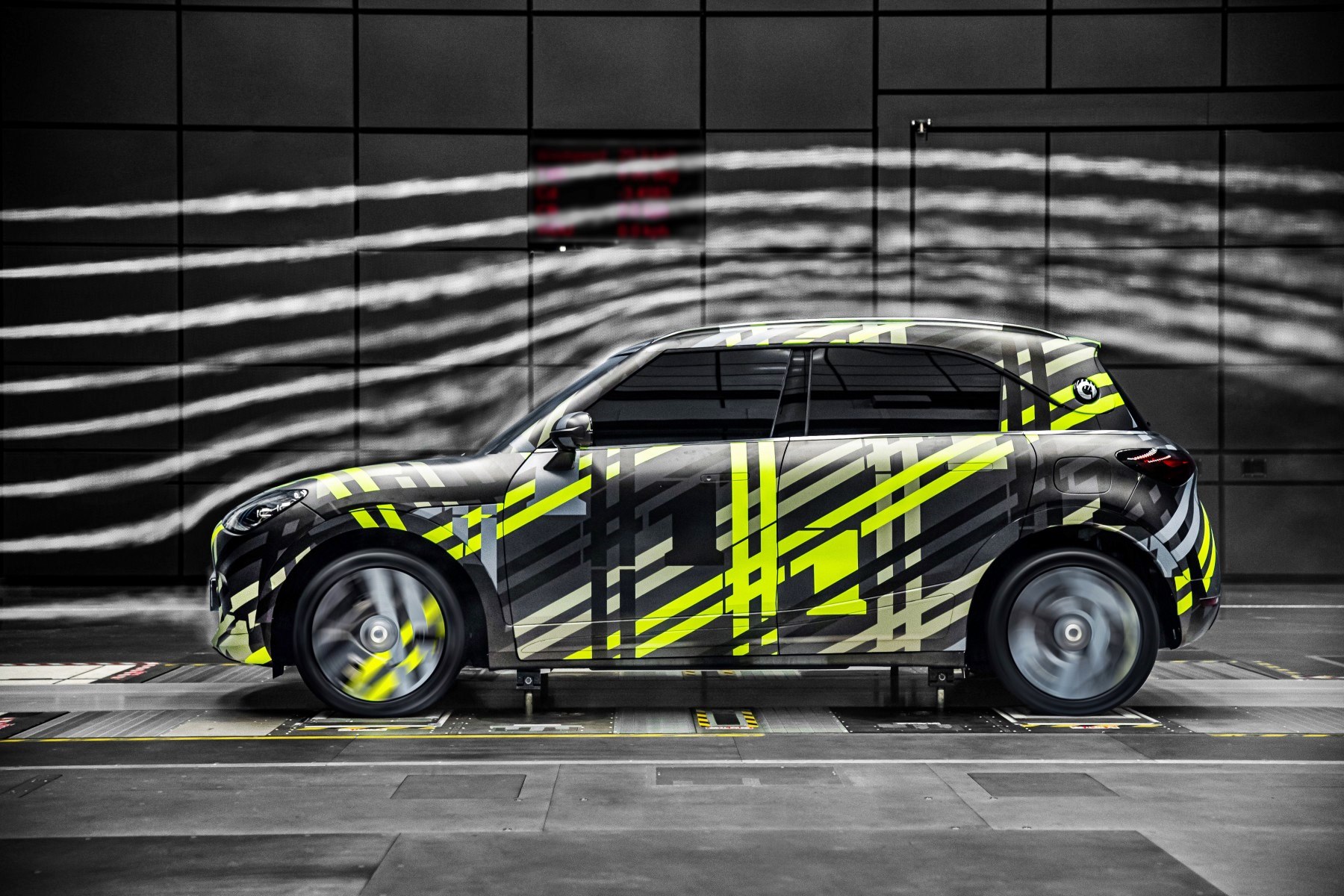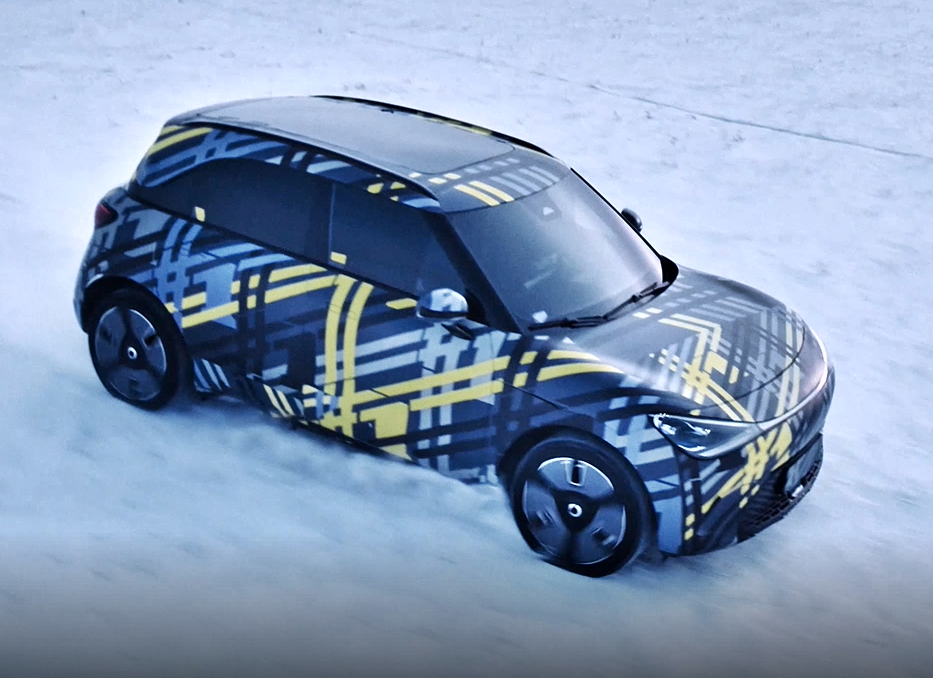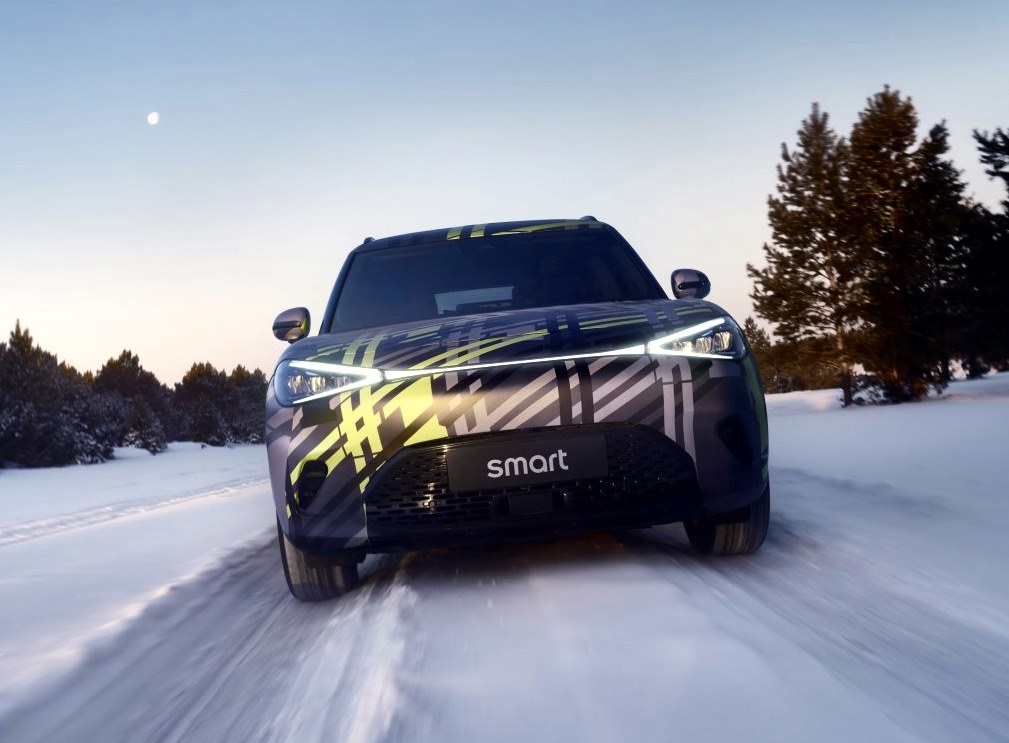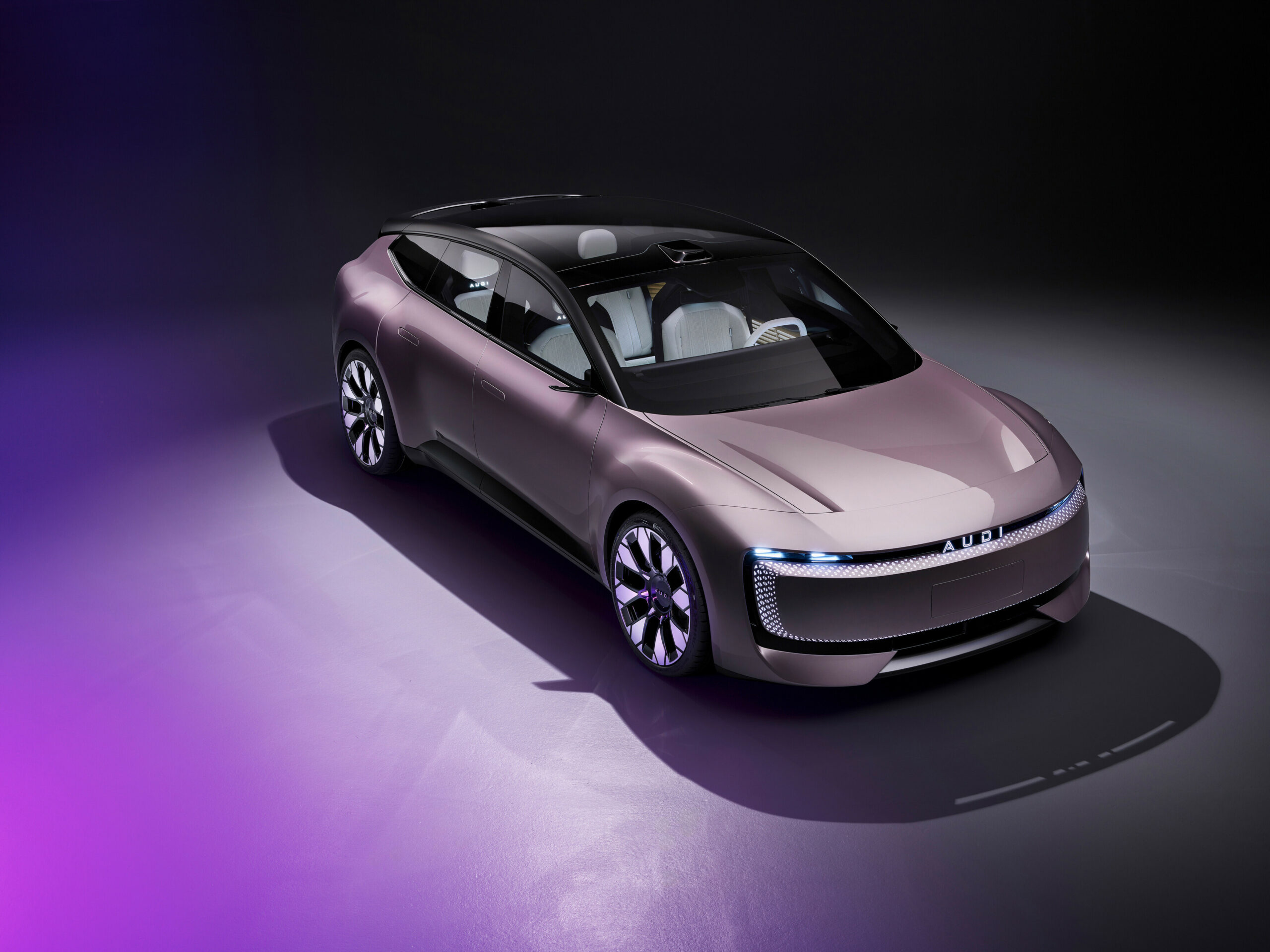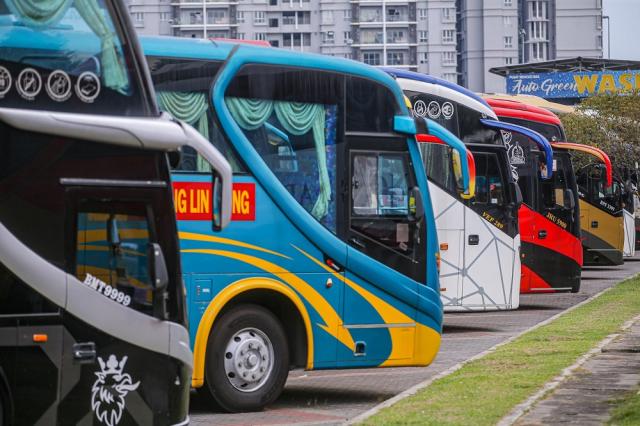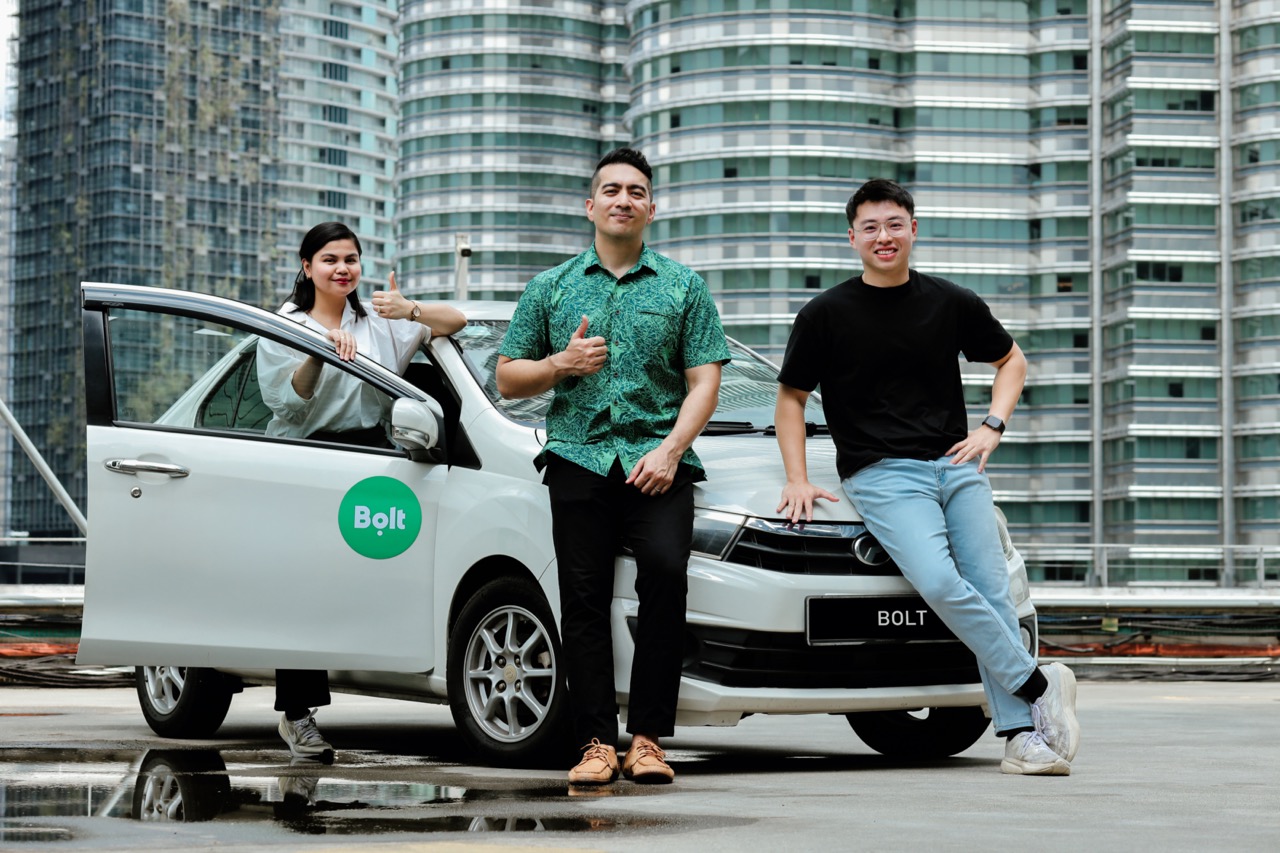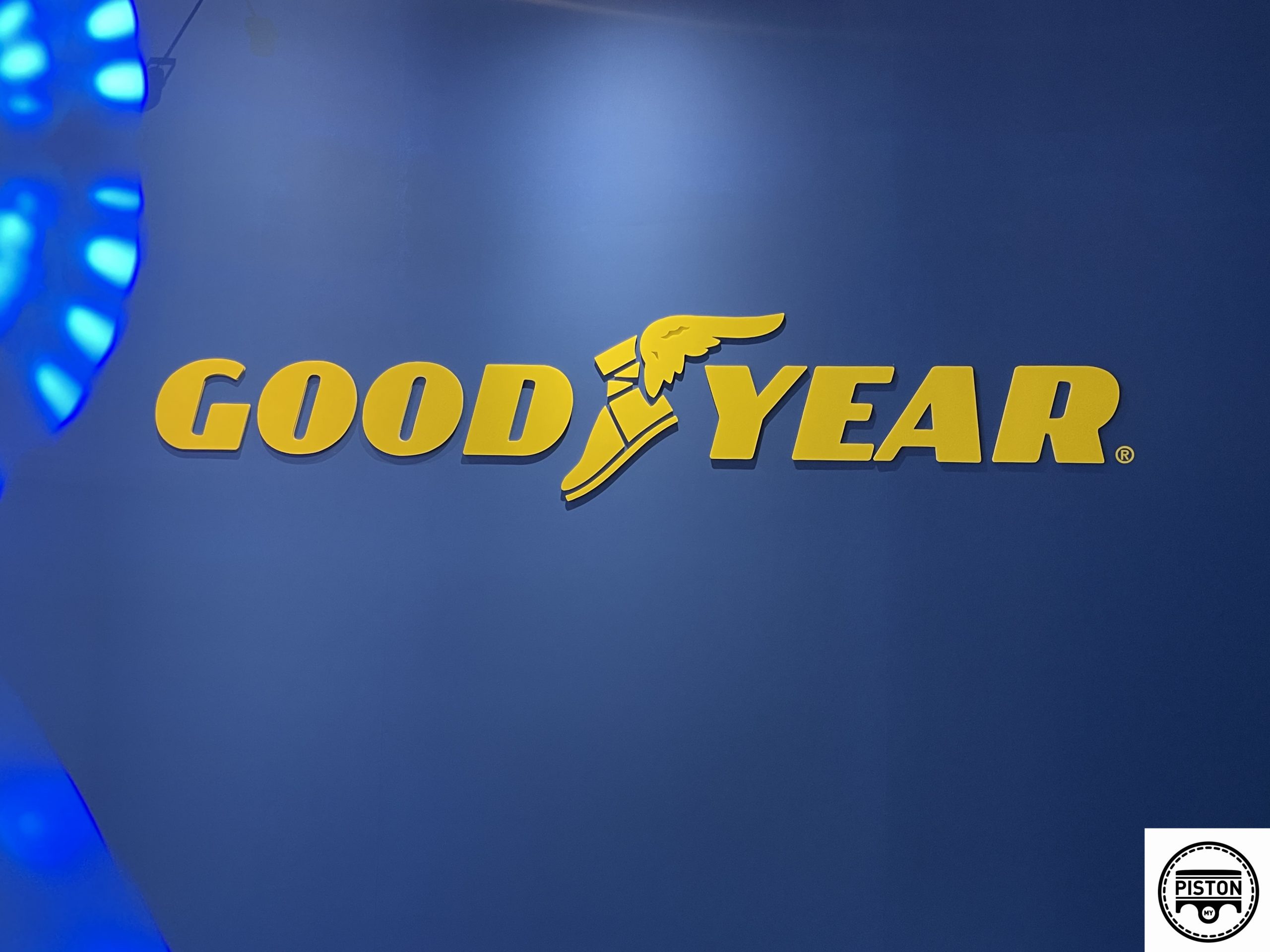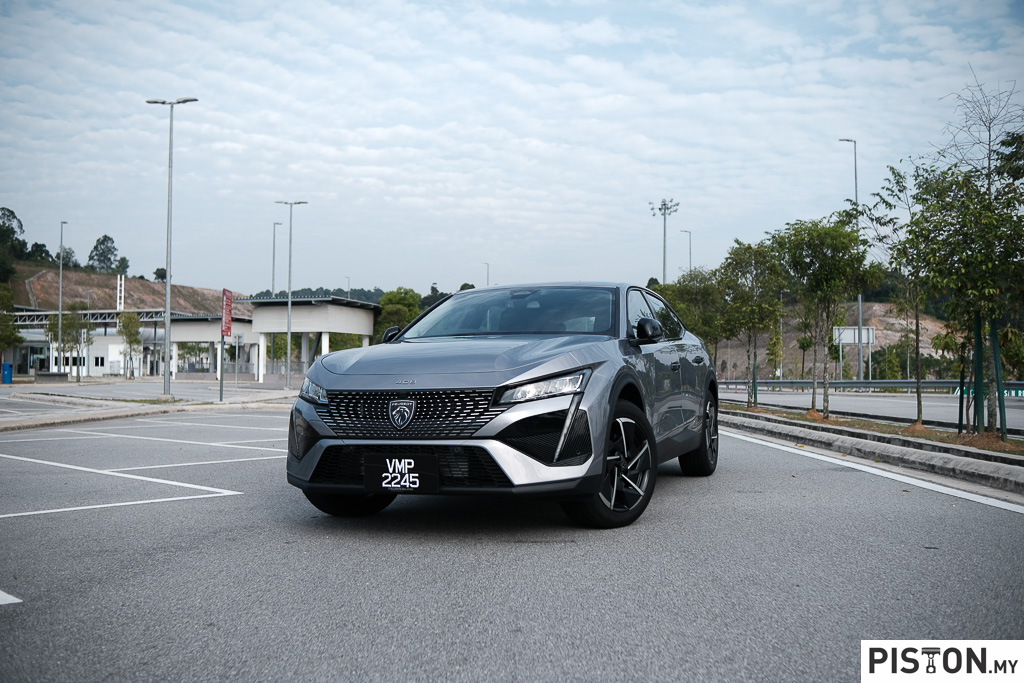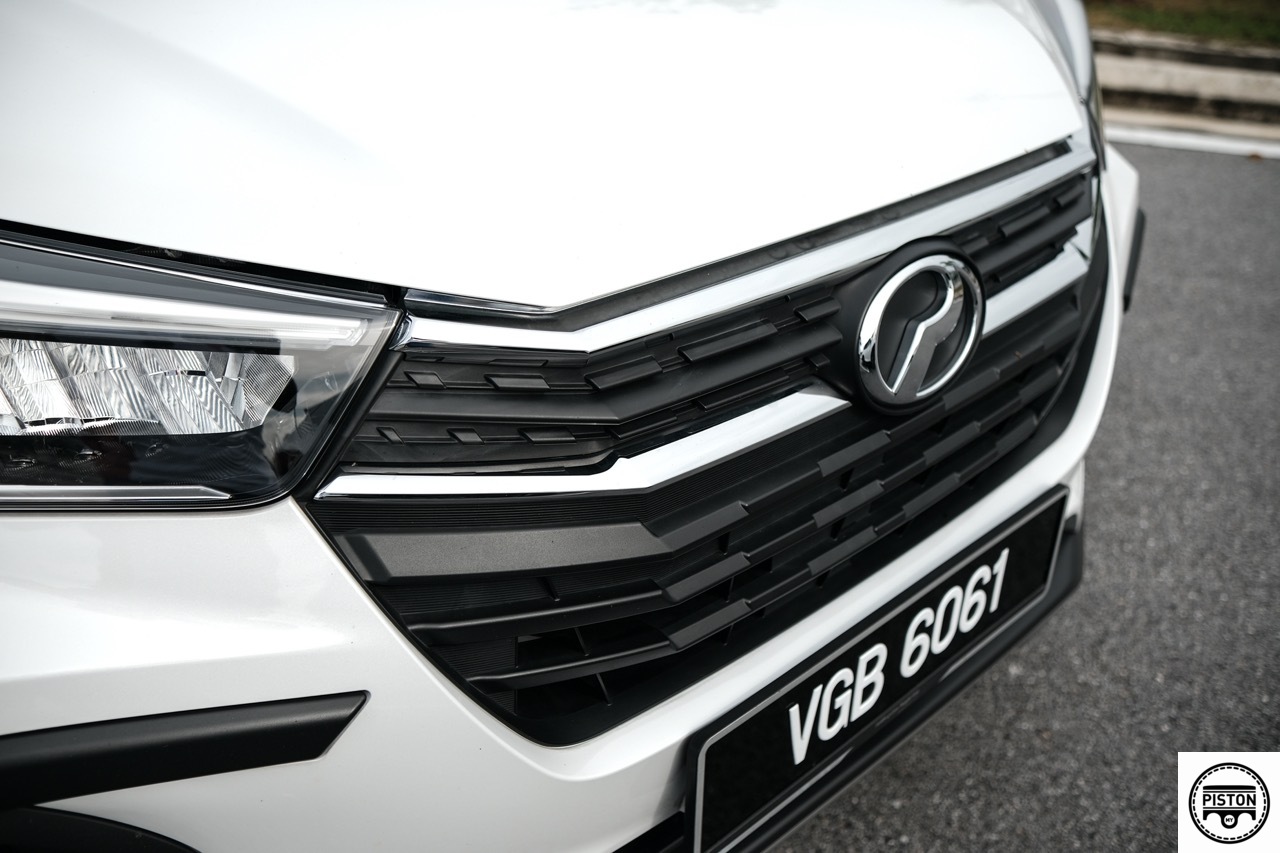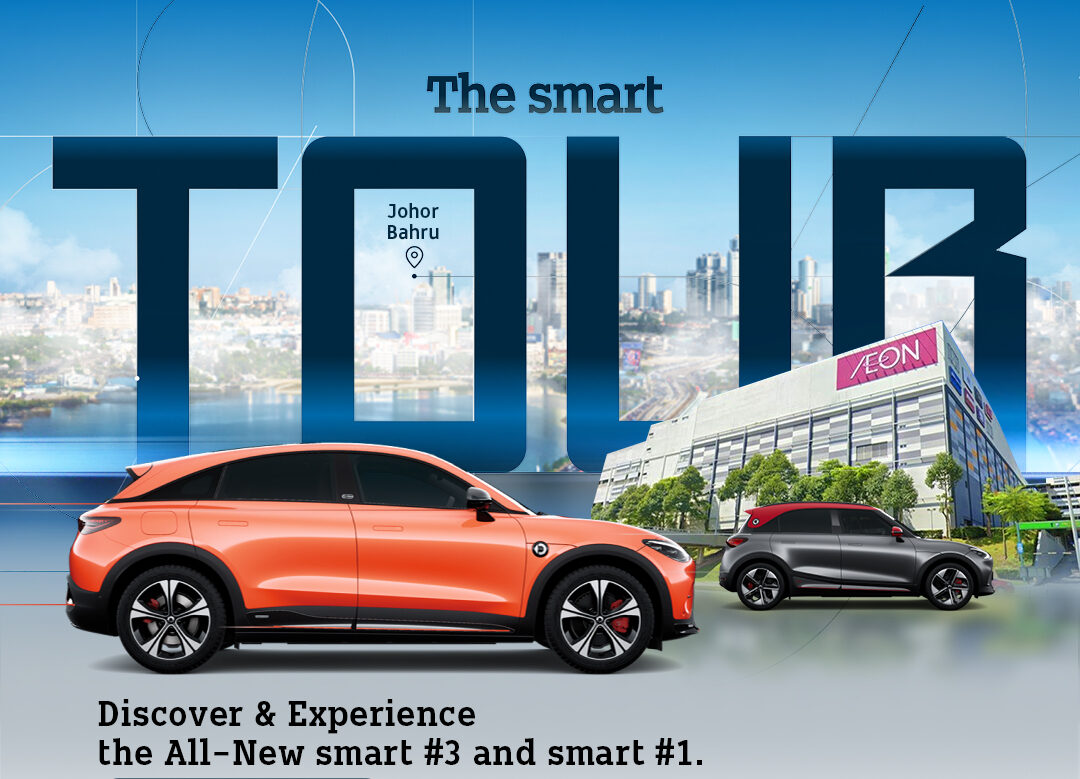Giotto Bizzarrini lived during the era when automobile engineers were not just engineers but were also involved in design, building and testing cars. He got a job at Ferrari in 1957 and among the various projects, played the key role in the development of the iconic Ferrari 250 GTO. But his employment at Ferrari came to an unexpected end, during one of the most damaging moments in the carmaker’s history (informally known as the ‘Night of the Long Knives’ or ‘The Palace Revolt’).
As the story goes, 4 of Ferrari’s top engineers, including Giotto, revolted against Enzo Ferrari’s running of the business, and the sacking of commercial director Girolami Gardini. Together with chief engineer Carlo Chiti (who was also sacked), he co-founded ATS, first to build a Formula 1 car. He then started Societa Autostar as a freelance design house and had Ferrucio Lamborghini as one of his first clients.
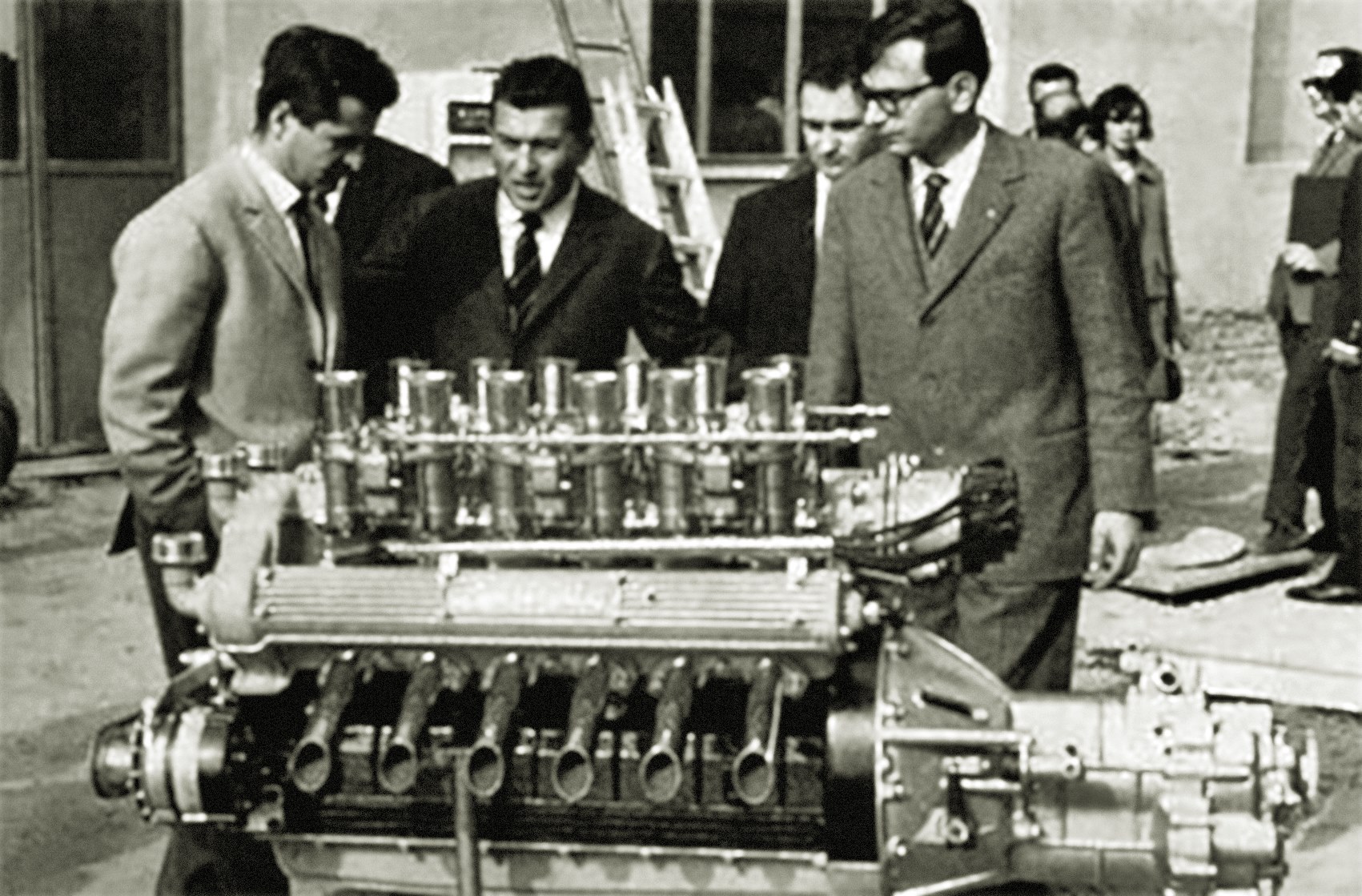
V-12 for Lamborghini’s first car
Lamborghini needed a V-12 and, like Bizzarrini, he too had a score to settle with Enzo Ferrari. Bizzarrini came up with a V-12 that was exceptionally powerful – so much so that it had to be detuned from its original 375 bhp to be civilised enough for road use. It was used in Lamborghini’s debut model, the 350 GT.
The desire to settle the score with Ferrari led him to build the 5300 GT Corsa and take his creation to Le Mans in 1965. First developed as a high-performance variant of the Bizzarrini-engineered Iso Grifo A3C, the 5300 GT Corsa incorporated a tried and tested V8 engine. Light, fast and reliable, the 5300 GT Corsa became famous at the 1965 Le Mans 24 Hour Race when it won the over 5-litre class, also finishing ninth overall.
Brand reborn in 2020
The Bizzarrini brand was reborn in 2020 by businessmen who recognise the engineer’s brilliance and want to build an authentic recreation of Giotto Bizzarrini’s first car under his own name. The 5300 GT Revival Corsa will be the first model to bear the Bizzarrini name for more than 15 years. After the completion of the development prototype, a total of 24 cars will be built for sale.
“The car is, of course, engineered for racing,” said Richard Quinlan, COO of Bizzarrini. “But we will also be able to satisfy the desire of any customer who wishes to drive this spectacular car on the road.”
Original blueprints, modern materials
The 5300 GT Corsa Revival will be built at Bizzarrini’s dedicated facility in the UK, using original blueprints, utilising materials from original suppliers, with the input of experts originally involved in the 5300 GT project. Some key improvements have been added with modern safety regulations in mind.
The original car’s fuel tanks were located deep in the sills, as well as behind the driver, for example, but now – using advanced 3D scanning – Bizzarrini engineers have created a tank intricately shaped, filling the available void in the chassis to tolerances and accuracy not available to the original designers. The overall fuel capacity is only marginally reduced, at 95 litres, keeping the range within the requirements of a multiple round race series.
The painstaking dedication to authenticity even extends as far as this car’s paintwork. There is a long and complex history surrounding the colour known as ‘Rosso Corsa’, with many shades purporting to be the original. To ensure the car looks exactly as it would have in period, the Bizzarrini team tracked down a paint colour sample from an original panel, which had been hidden from light since it was first painted, perfectly preserving Bizzarrini Rosso Corsa. This shade was then colour-matched for the Revival to create Rosso Corsa Bizzarrini 222.
In radically adapting the Corsa for track driving, Bizzarrini fitted bespoke independent rear suspension and shifted the front-mounted engine as far back in the chassis as possible. This revolutionary approach to weight distribution proved a key advantage against many contemporary front-heavy cars. In testing the Revival, modern measurements show that each corner of the car carries 25% of its overall weight, illustrating the visionary genius of the engineer to design a car in 1965 that still delivers perfect balance in 2022.
Independent rear suspension to original specification and all-round disc brakes are paired with a period-specific 5300 cc V8 with Weber 45 DCOE carburettors developing over 400 bhp. At just 1,250 kgs, the Bizzarrini 5300 GT Revival Corsa will have an excellent power to weight ratio.
24 hand-built cars
Each car in the Revival series of 24 cars will be hand-built, with a lightweight single piece composite body, over a steel frame. Inside, the two seats are protected by a more comprehensive 6-point roll bar and safety fuel cell, meeting FIA Appendix K historic racing regulations.
One of Giotto Bizzarrini’s most valuable talents was his ability to push the limits of contemporary engineering. The original 5300 GT made extensive use of the strongest lightweight material of its day, glass fibre. “Had it been available, we believe Giotto Bizzarrini would almost certainly have employed carbonfibre in his racing cars,” said Quinlan. “As a result, the 5300 GT Revival Corsa will be offered with a full carbonfibre bodyshell as standard for those customers who do not need to conform to Historic Racing regulations.”



